How to Make Desk Organizer from Ice Cream Stick


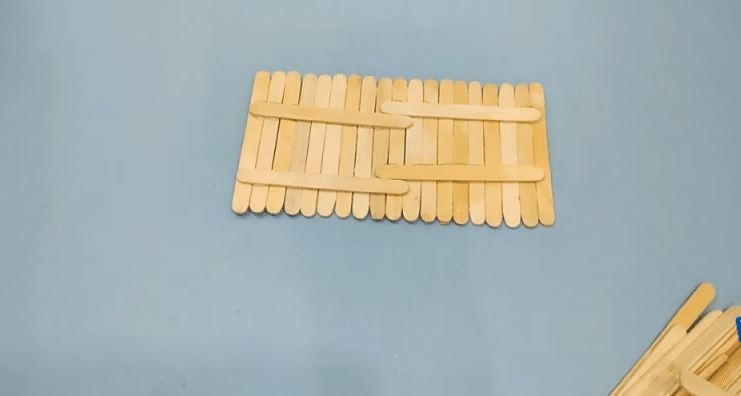


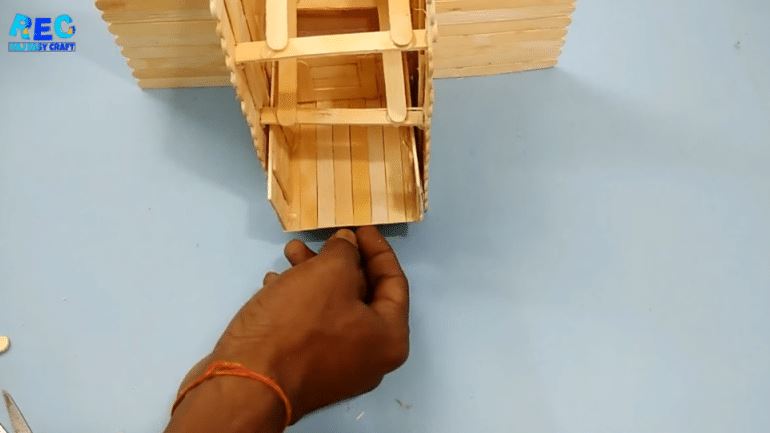
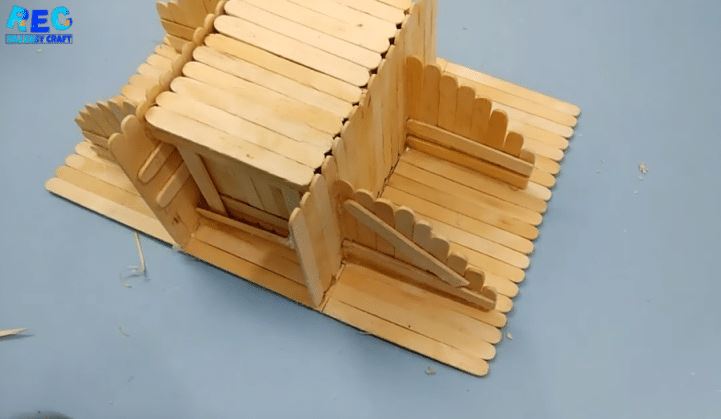


Get Daily Art and Crafts Ideas & Tutorials…
How to Make Desk Organizer from Ice Cream Stick









Some of the best crafts to make with kids are made with the simplest supplies. From my years working in day cares, I’ve always been partial to popsicle stick crafts! Whether you prefer to buy yours or just wait until your kids have eaten enough popsicles to amass a good sized stick collection, there are hundreds of different crafts that you can help them make with the little wooden slabs.
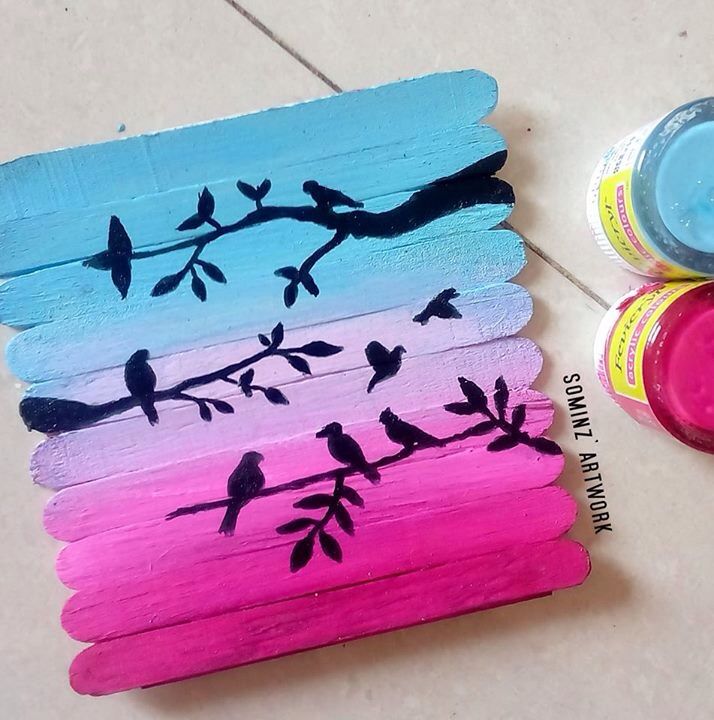
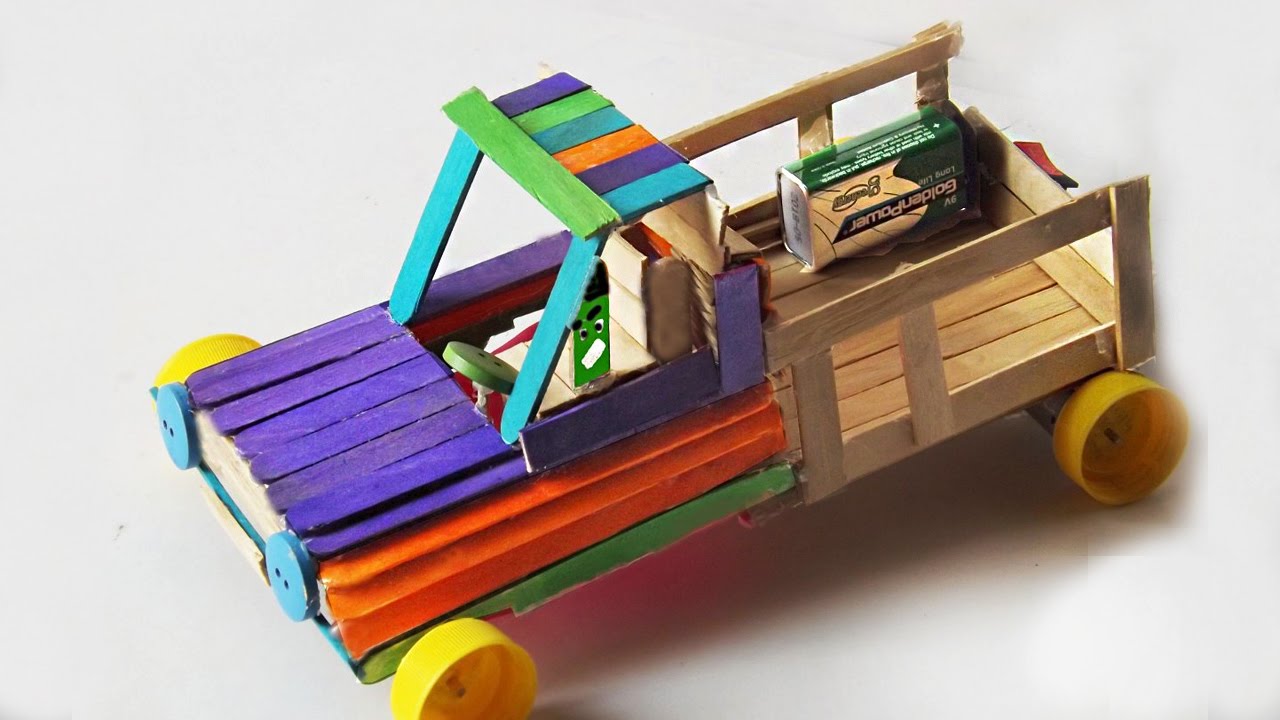
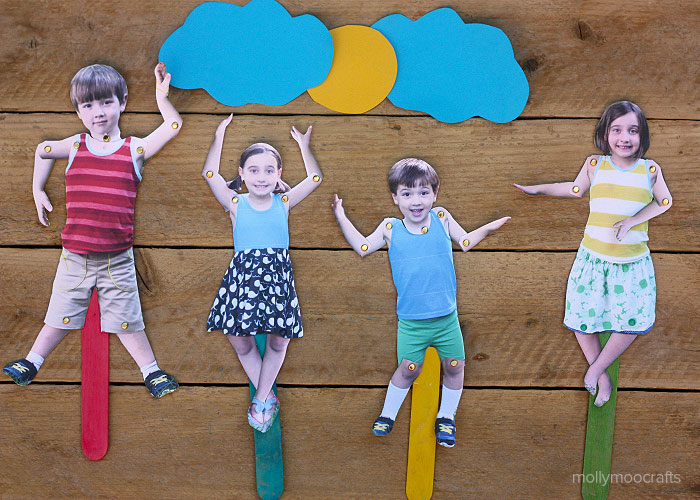

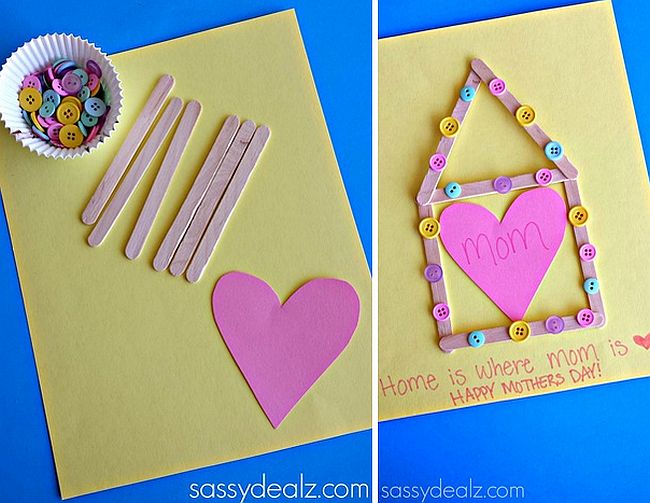
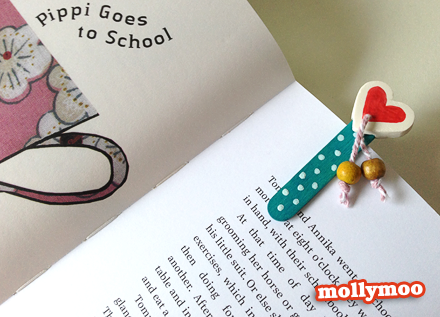

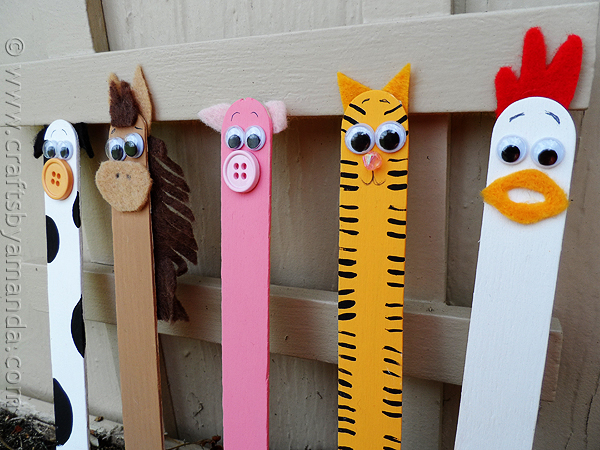
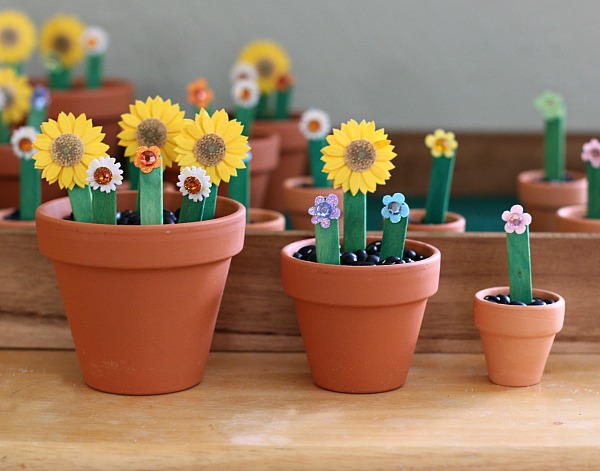
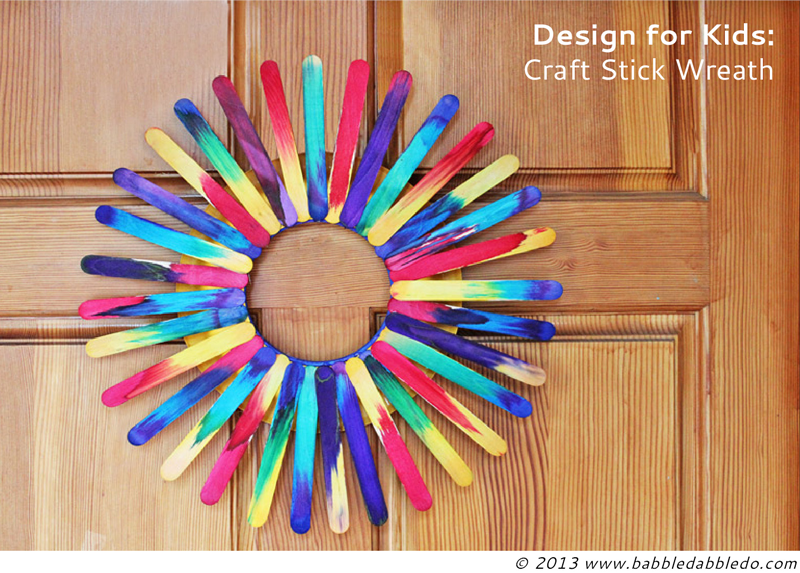
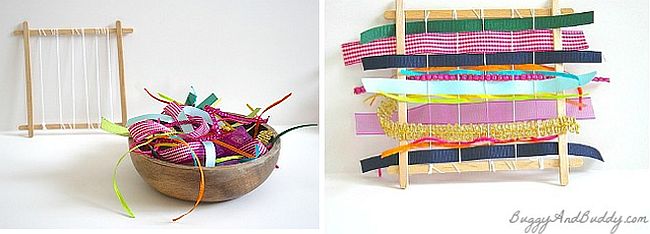
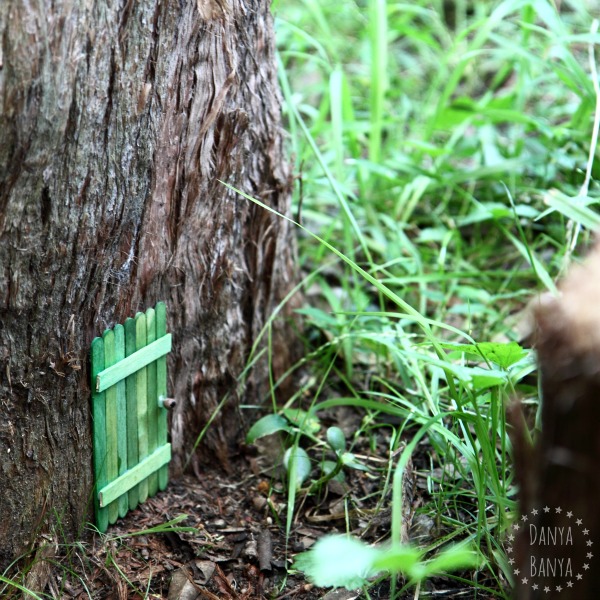
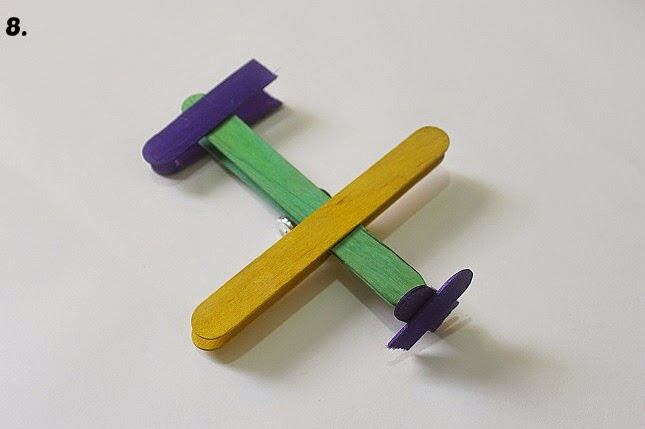
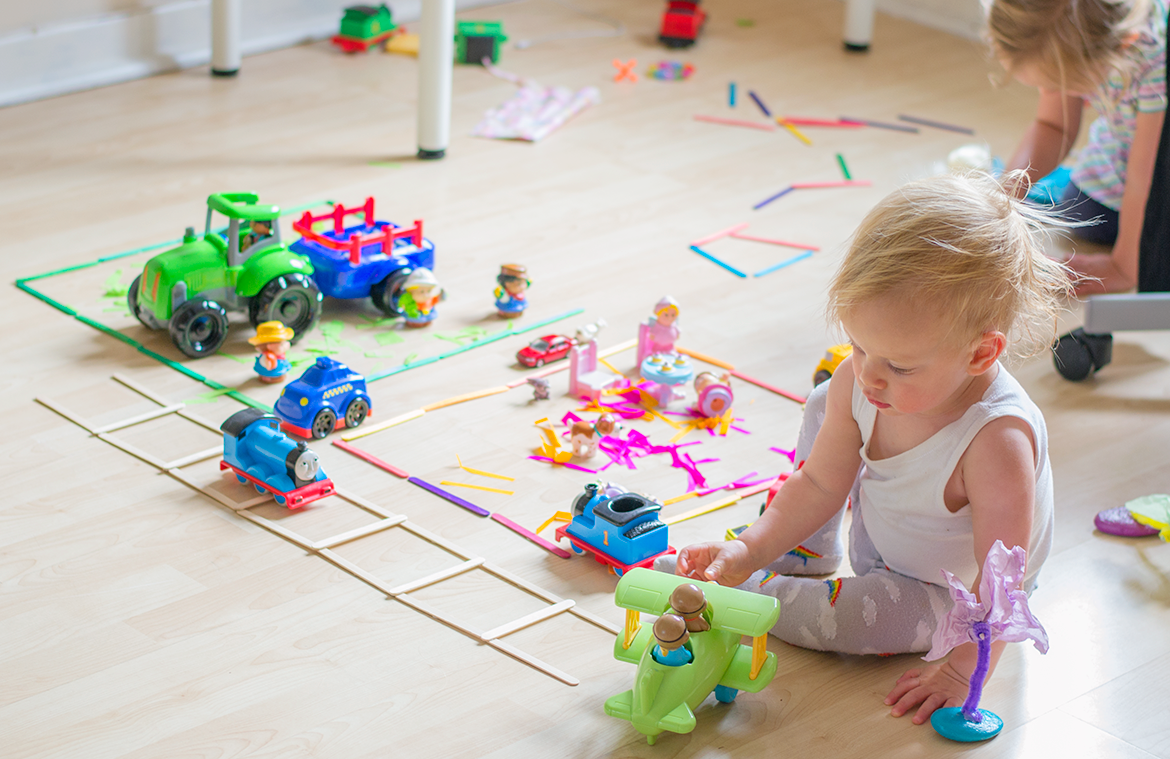
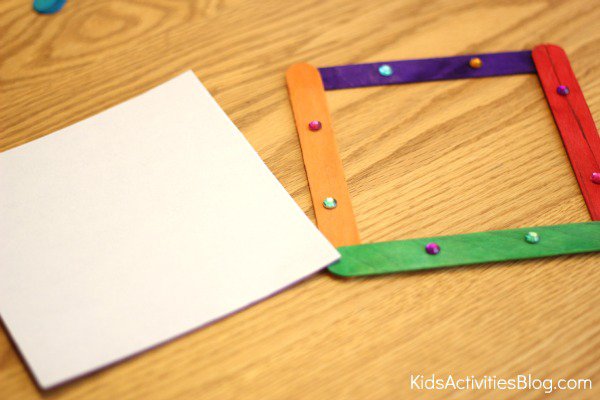

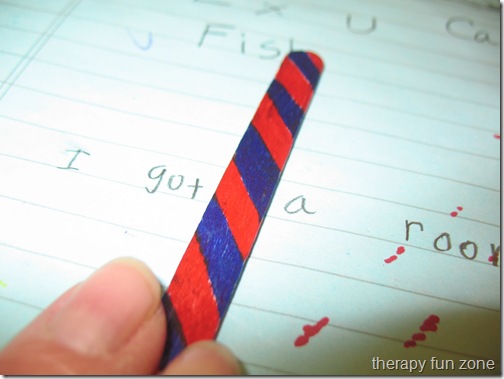
Hope you like these Fun Popsicle Stick crafts for kids.
Image Source: pinterest.com
We would love to hear your thoughts in the comment section below. And be sure to like us Facebook for more ideas!
Thank you for visiting our website. Keep Creating with Art & Craft!
If you love roses handmade, in this activity we will offer how to make it a wonderful roses using things that are available daily and are the plastic bag and various colors and is very easy and simple way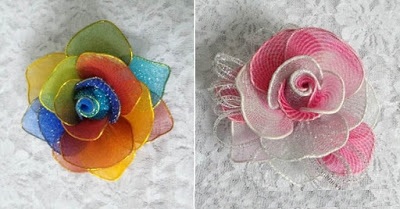
Required Material:
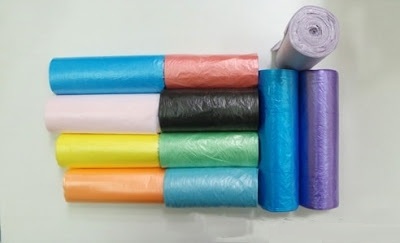
Cut into pieces cut as follows Packaging in the circular start racing wire
Packaging in the circular start racing wire Giving those coated wire forms and a variety of well-connected strings at the bottom.
Giving those coated wire forms and a variety of well-connected strings at the bottom.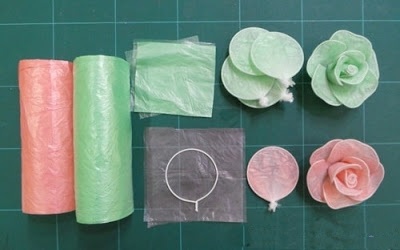 Continue to prepare all kinds of formats
Continue to prepare all kinds of formats After you finish you get the following figure
After you finish you get the following figure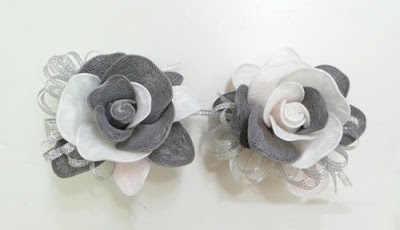 These are some suggested formats
These are some suggested formats


This tutorial shows how to make step by step cardboard corner shelf / rack / Organizer.
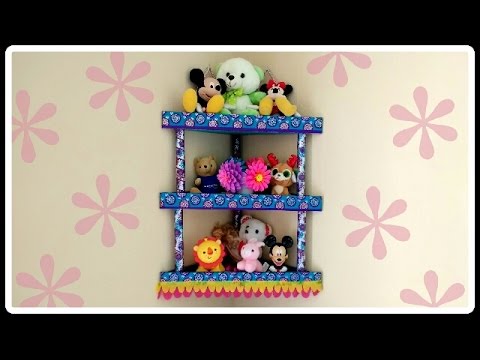 Cut an right angled isosceles triangle of cardboard of sides 13 inch and hypotenuse 18 inch (take 9 such triangles)
Cut an right angled isosceles triangle of cardboard of sides 13 inch and hypotenuse 18 inch (take 9 such triangles)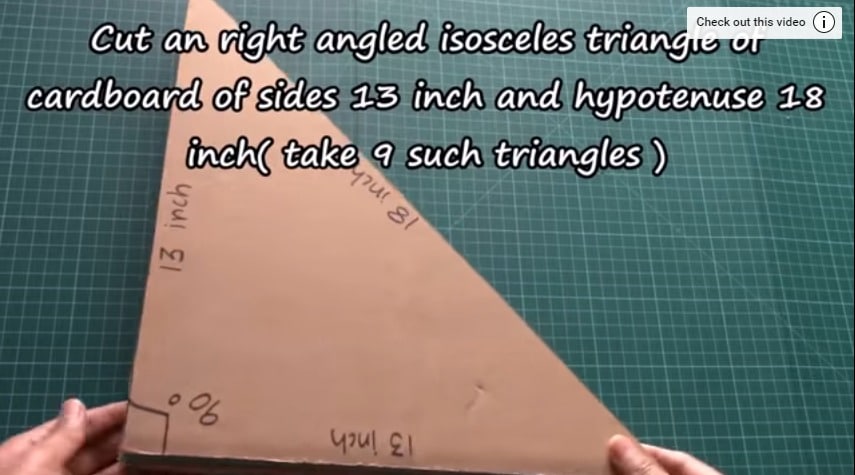
 Now, cut 18 stripe of cardboard of size (13 inch * 2 inch)
Now, cut 18 stripe of cardboard of size (13 inch * 2 inch)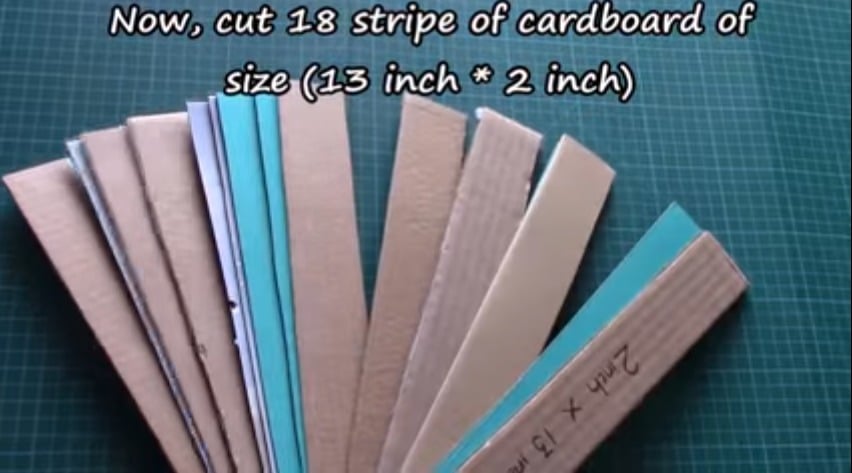 Next,cut 9 stripe of cardboard of size (19 inch * 2 inch )
Next,cut 9 stripe of cardboard of size (19 inch * 2 inch )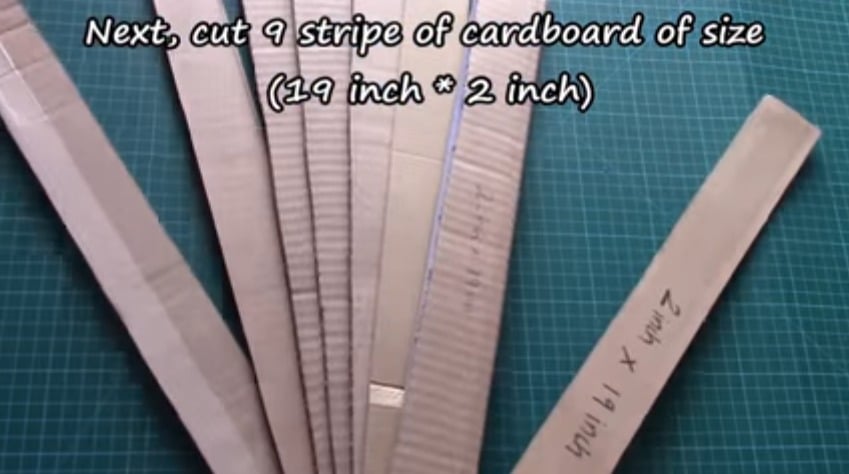 Now, take 3 triangles and glue them one over other to make one tough triangle.
Now, take 3 triangles and glue them one over other to make one tough triangle.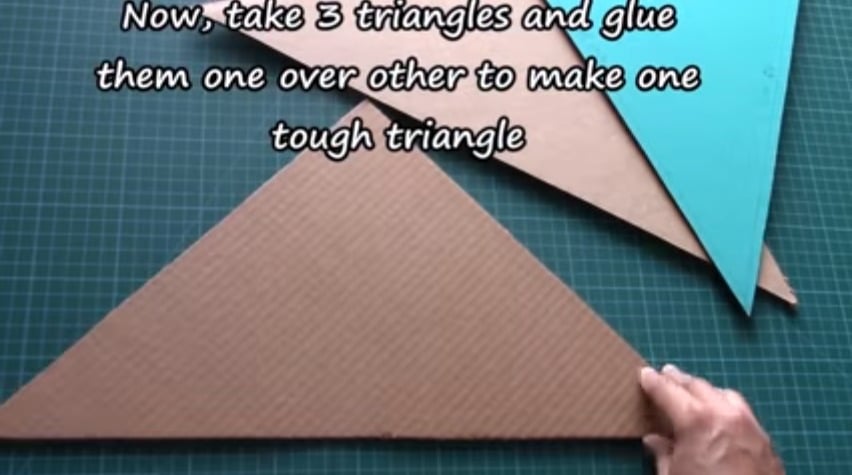
 Take two pieces of cord of lenght 5 feet and put one end of both the cord in the center holes (hole at the right angled corner) of the 3 trays and the other ends in the other 2 sides hole of the trays
Take two pieces of cord of lenght 5 feet and put one end of both the cord in the center holes (hole at the right angled corner) of the 3 trays and the other ends in the other 2 sides hole of the trays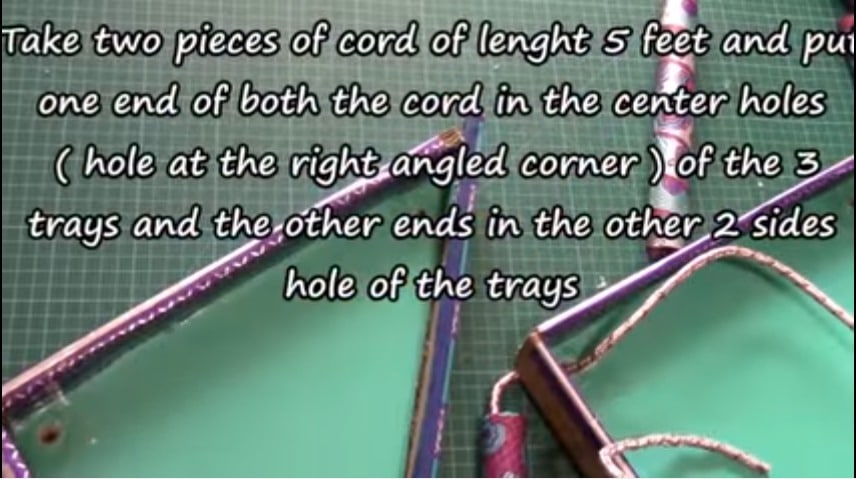
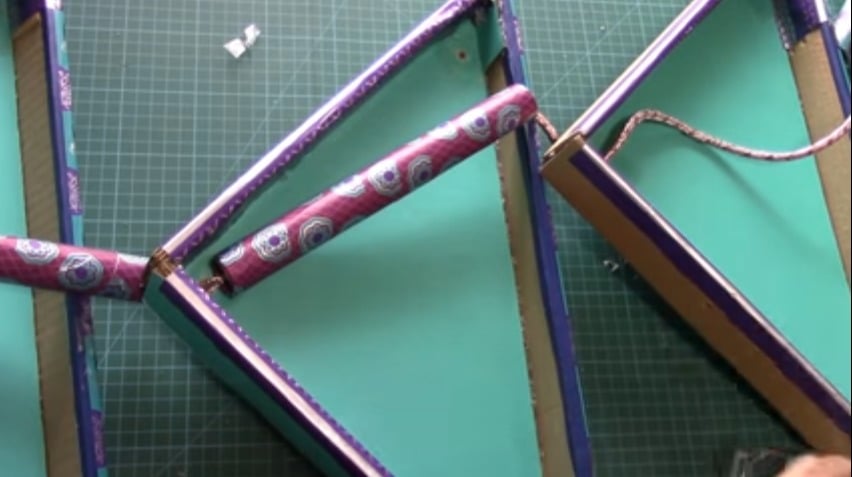
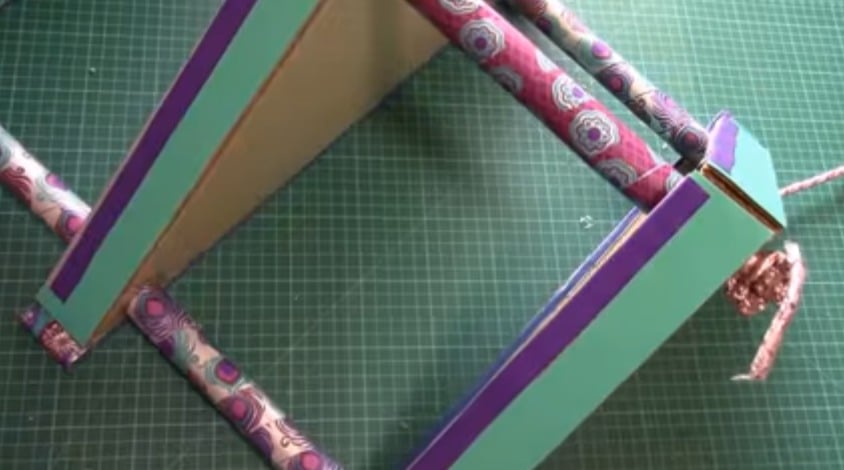

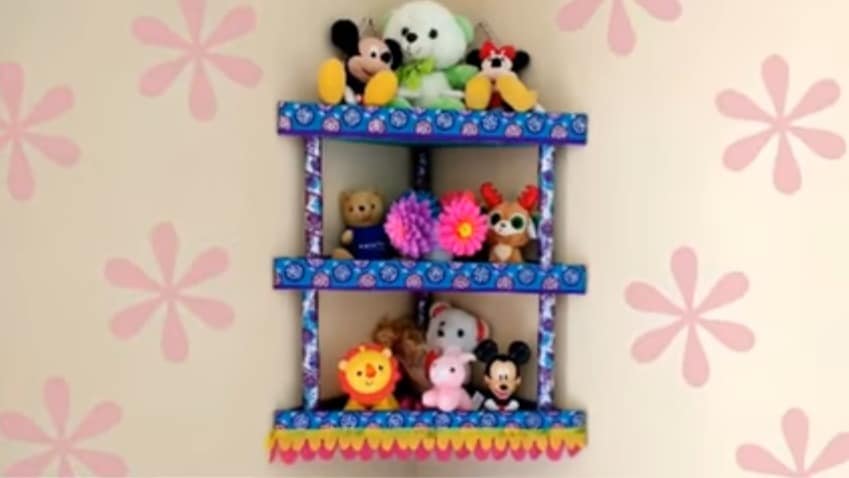
Denim Storage Bags from old jeans. Denim Ideas Photo Tutorial.

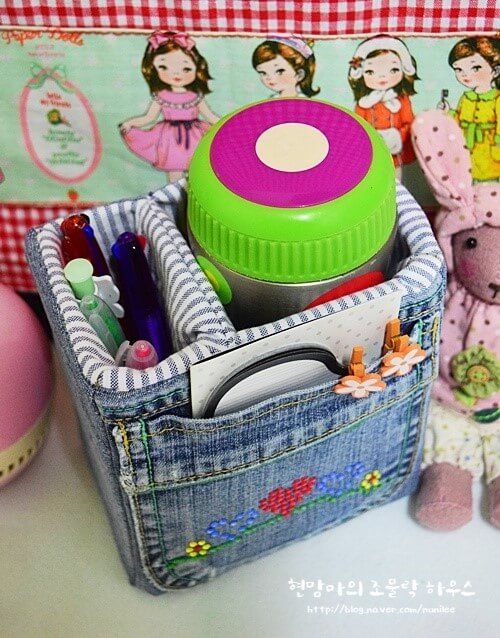
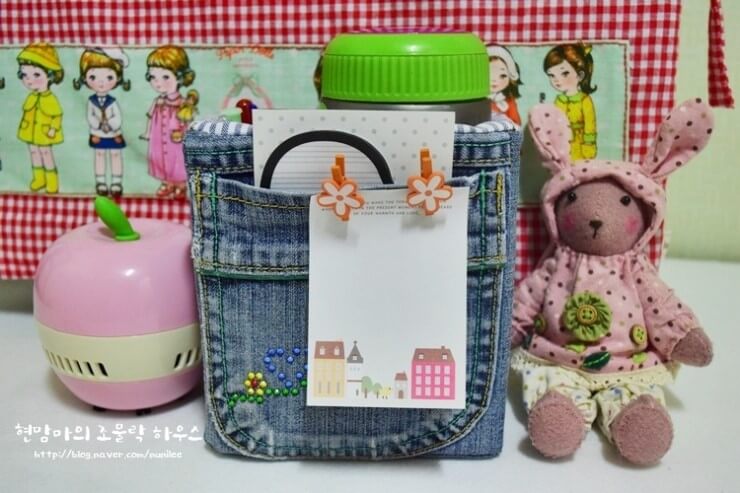
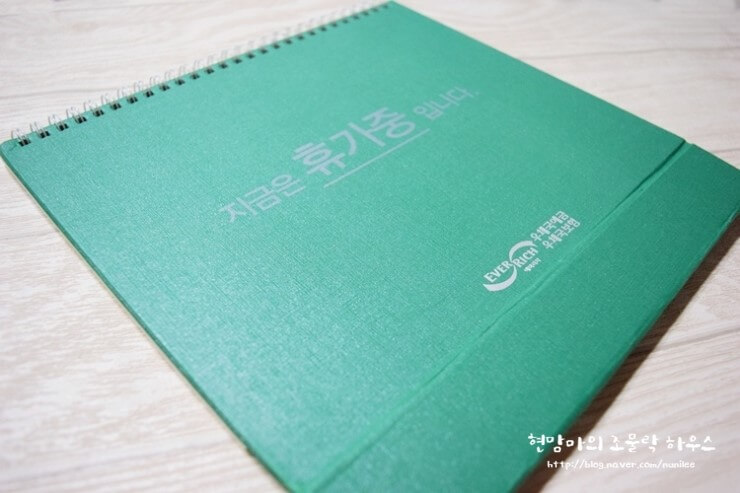
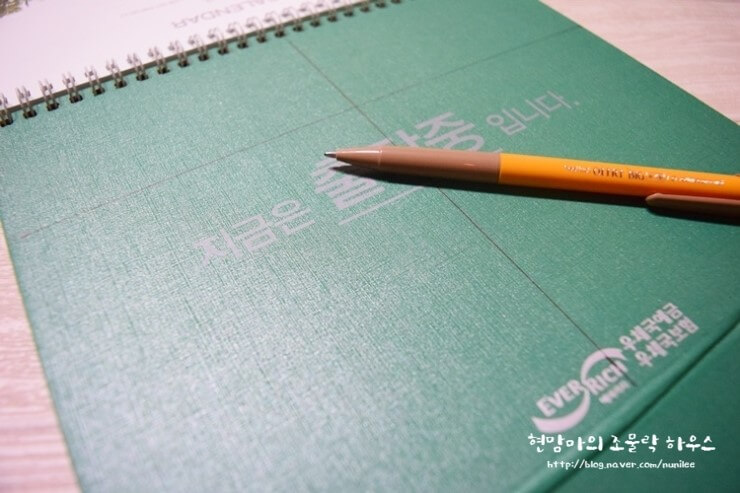
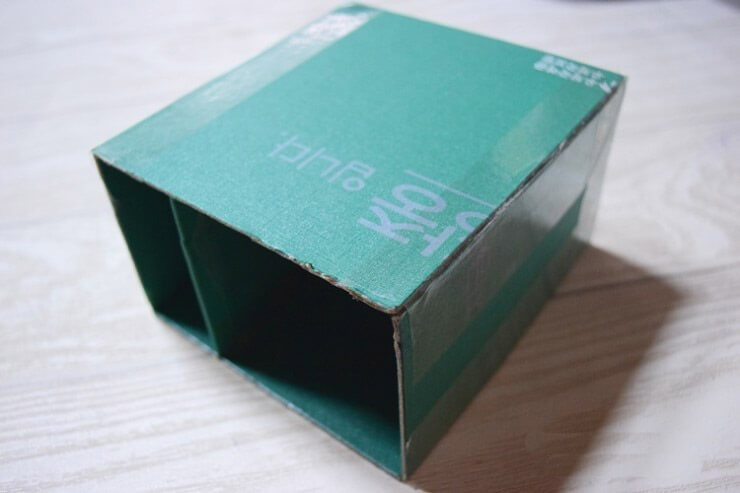


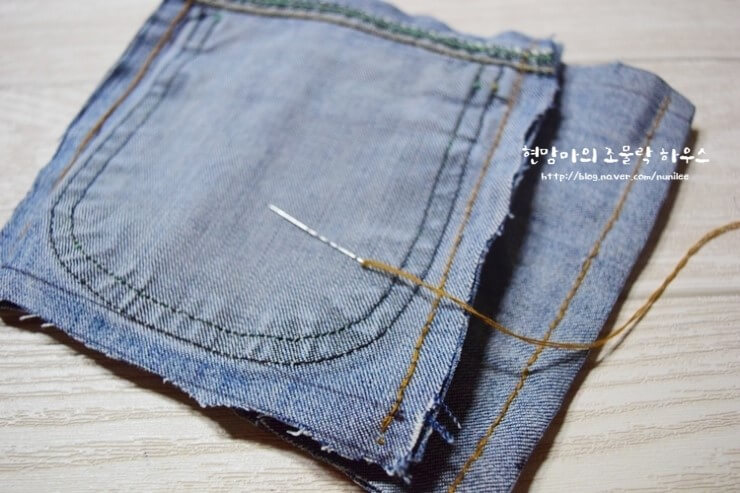
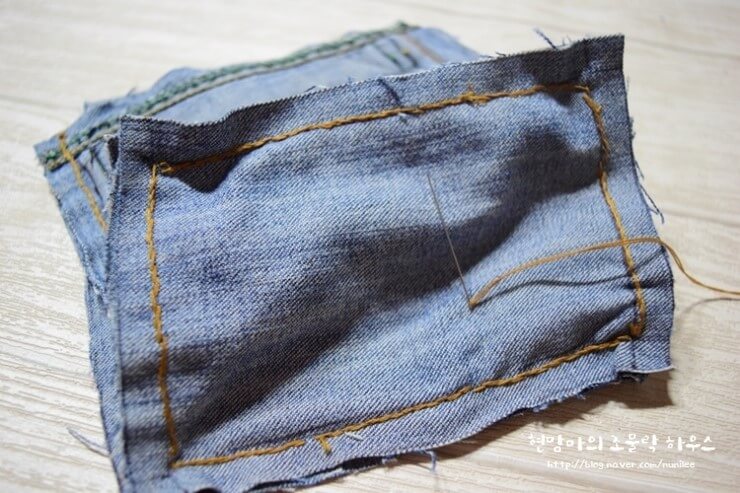
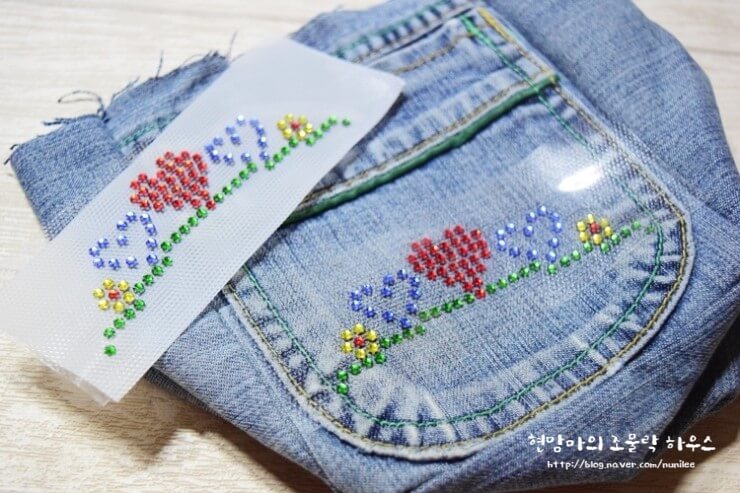
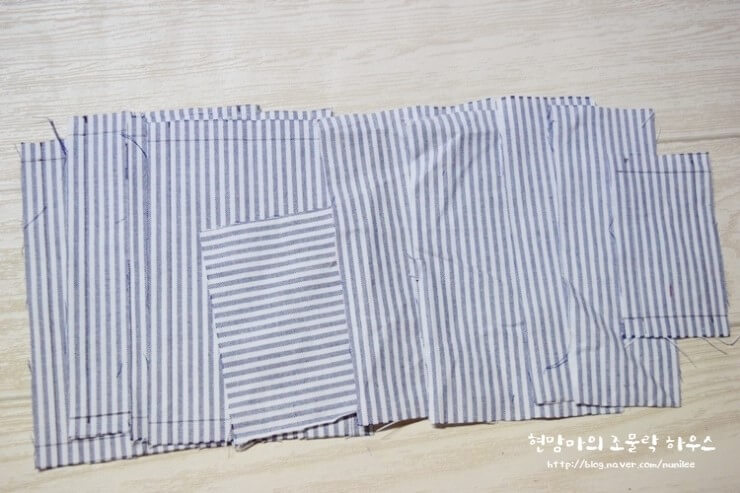
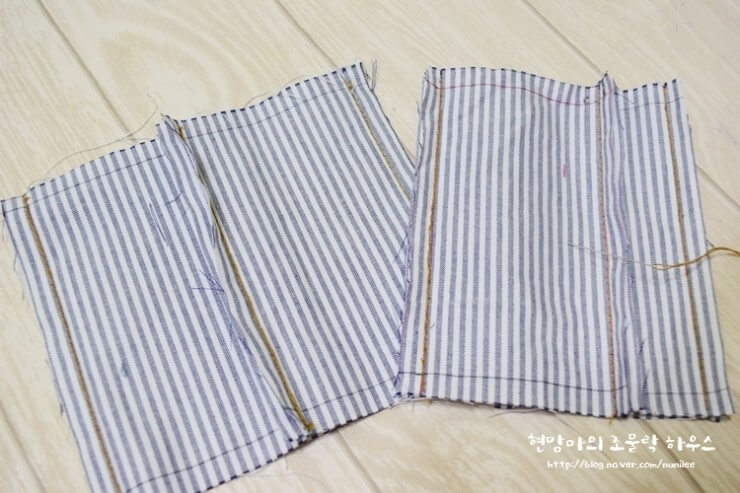

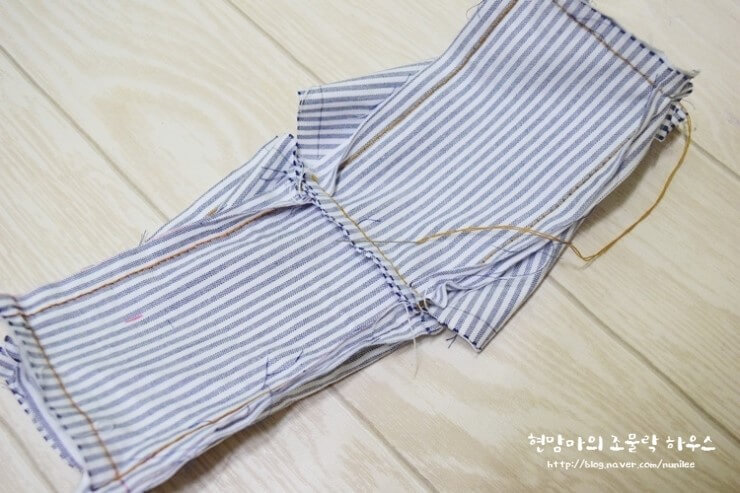
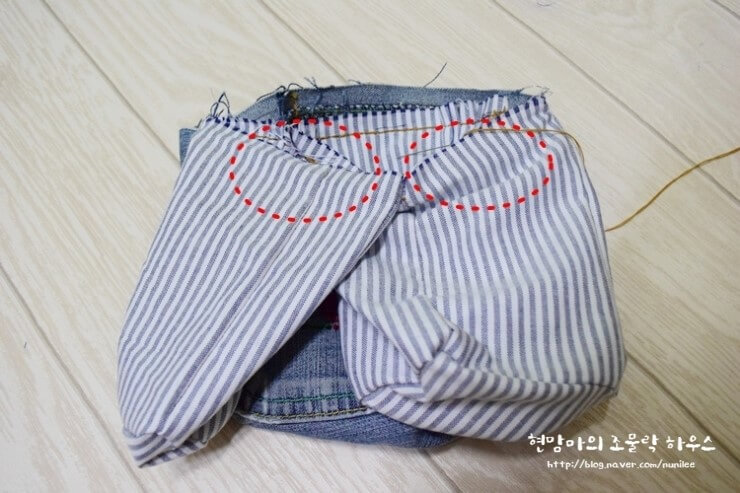


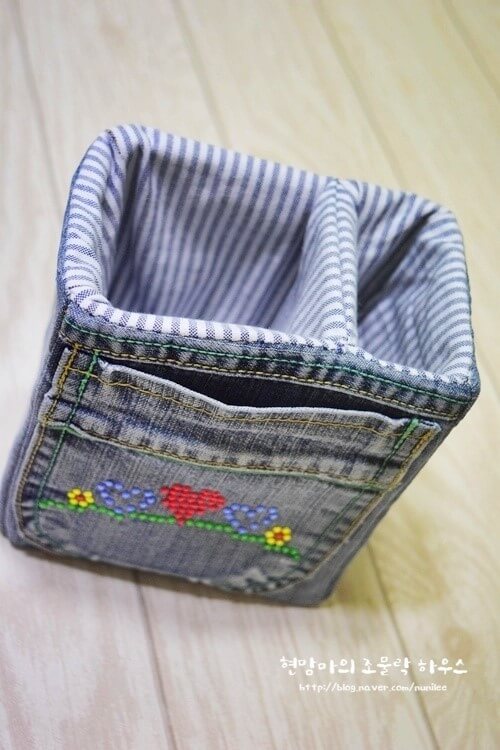
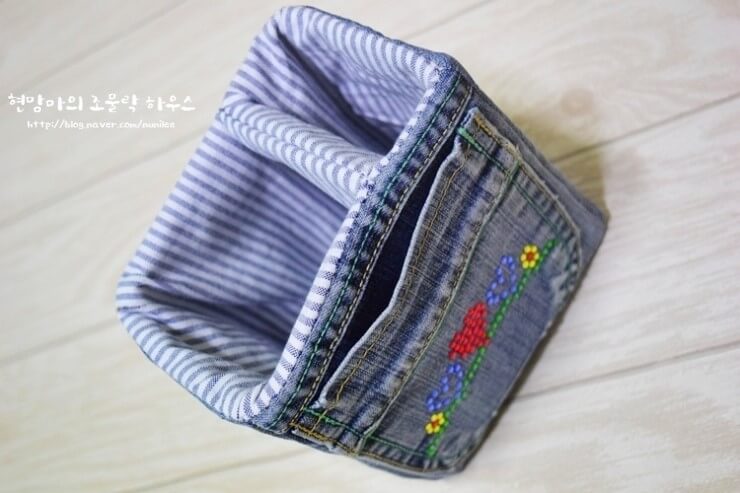
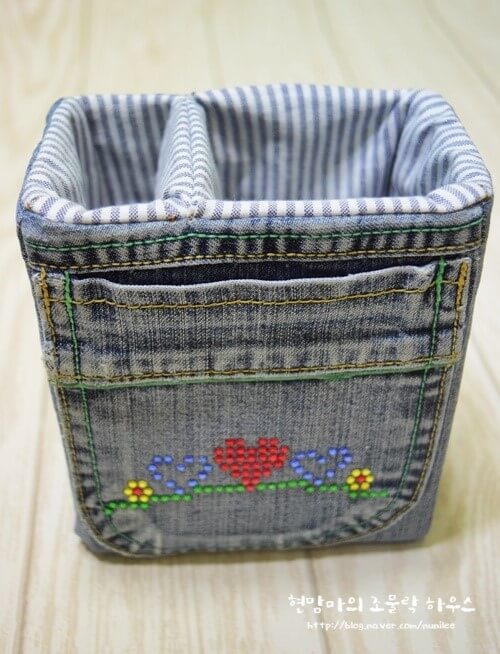

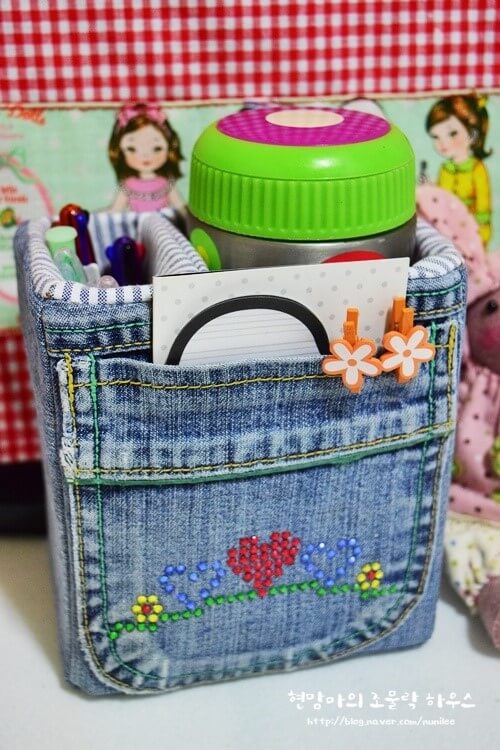
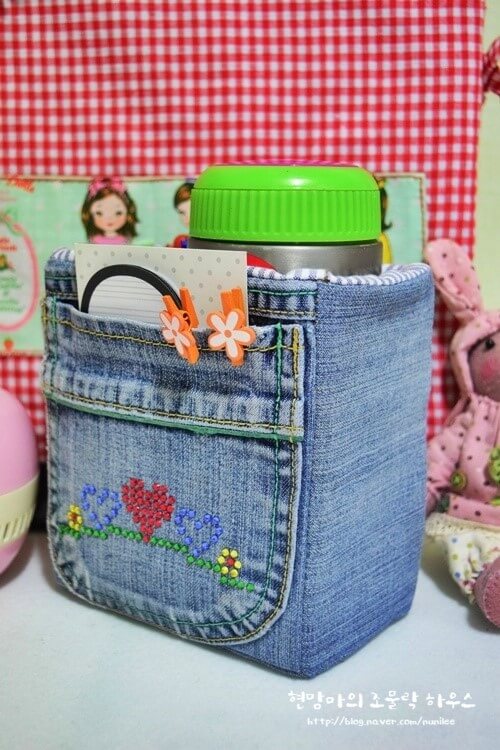
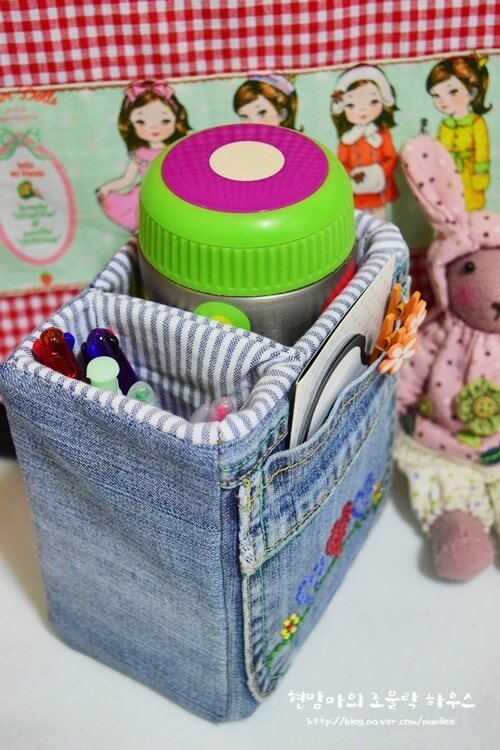
Explained how to make silk thread bangle using ribbon and beads.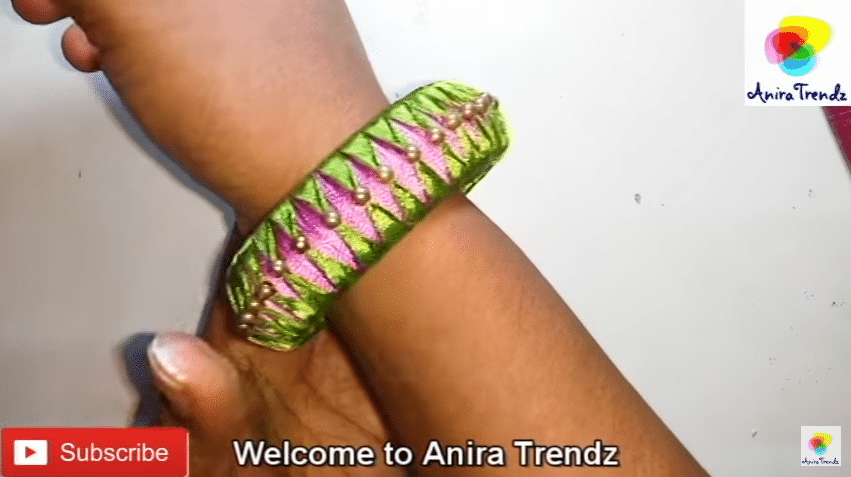
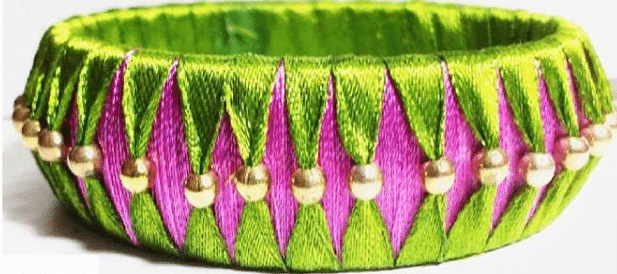

 Required Material:
Required Material:
Beads Trim ribbon like this and glue it.
Trim ribbon like this and glue it.
Let it dry.
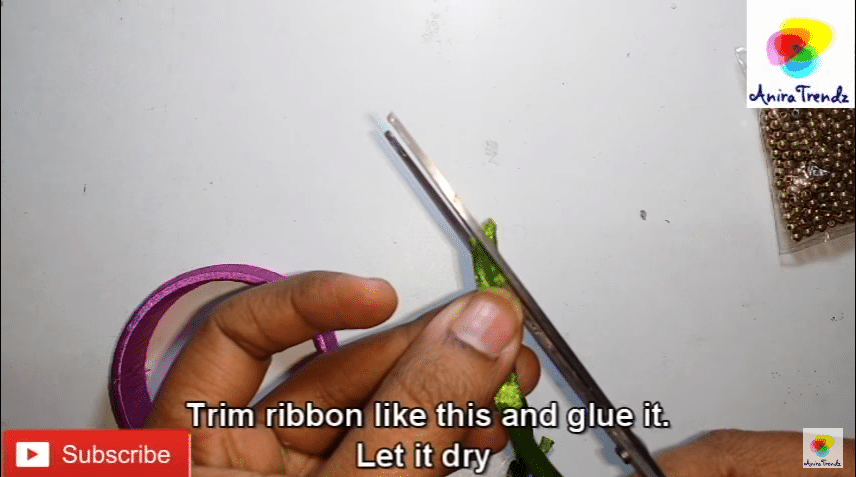
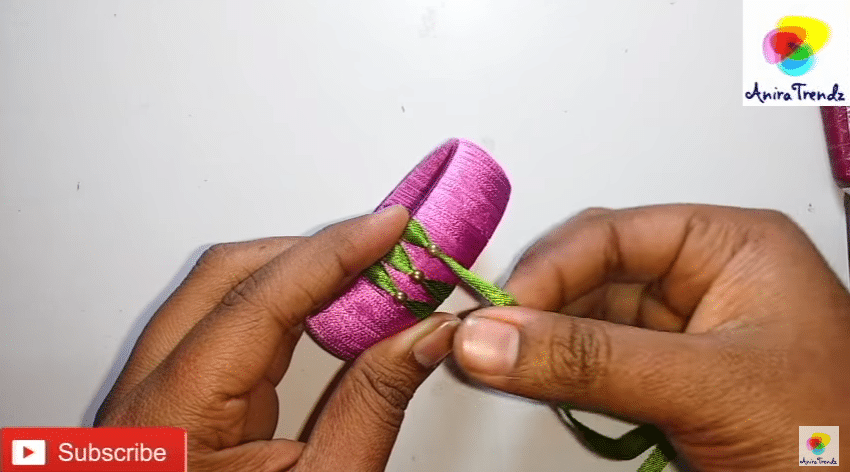
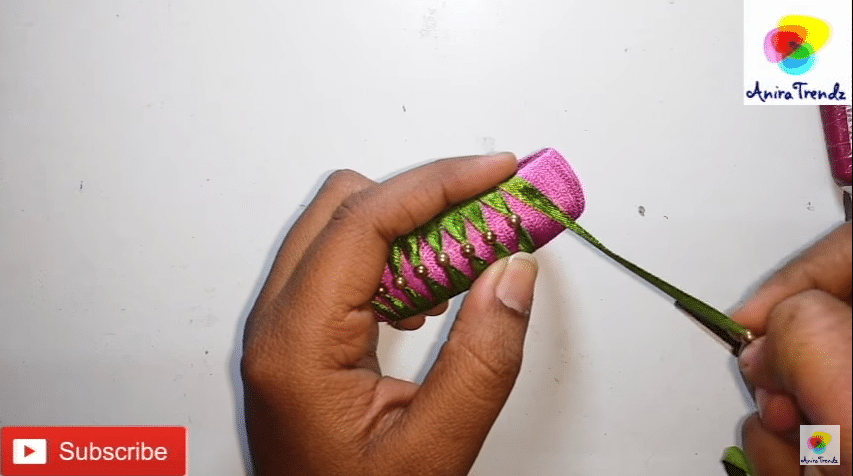
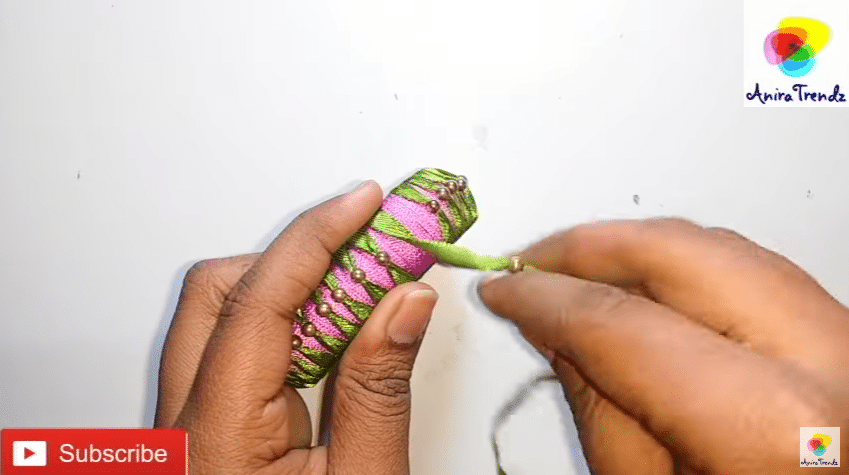
 Here is the finished bangle.
Here is the finished bangle.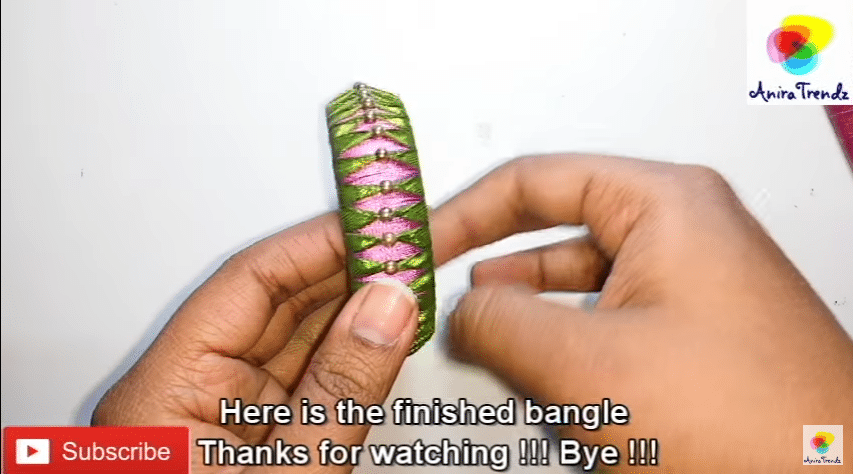

Have you got loads of newspaper lying around? Are you feeling crafty? Well, you have come to the right place.
In this tutorial, I will be telling how you can turn your old newspapers into something good-looking and useful. So follow along.
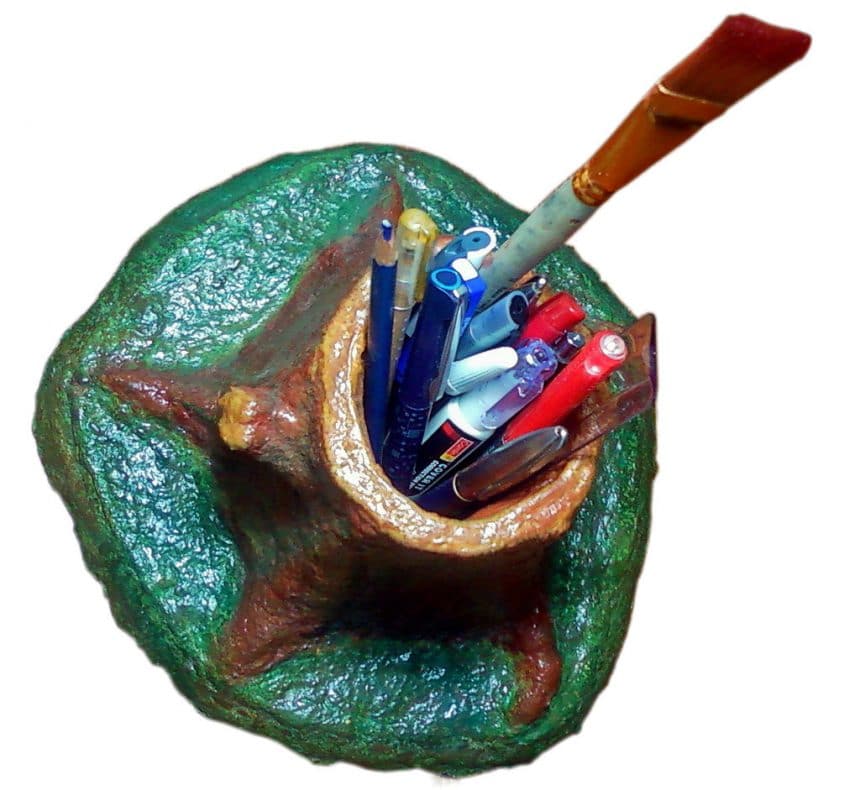
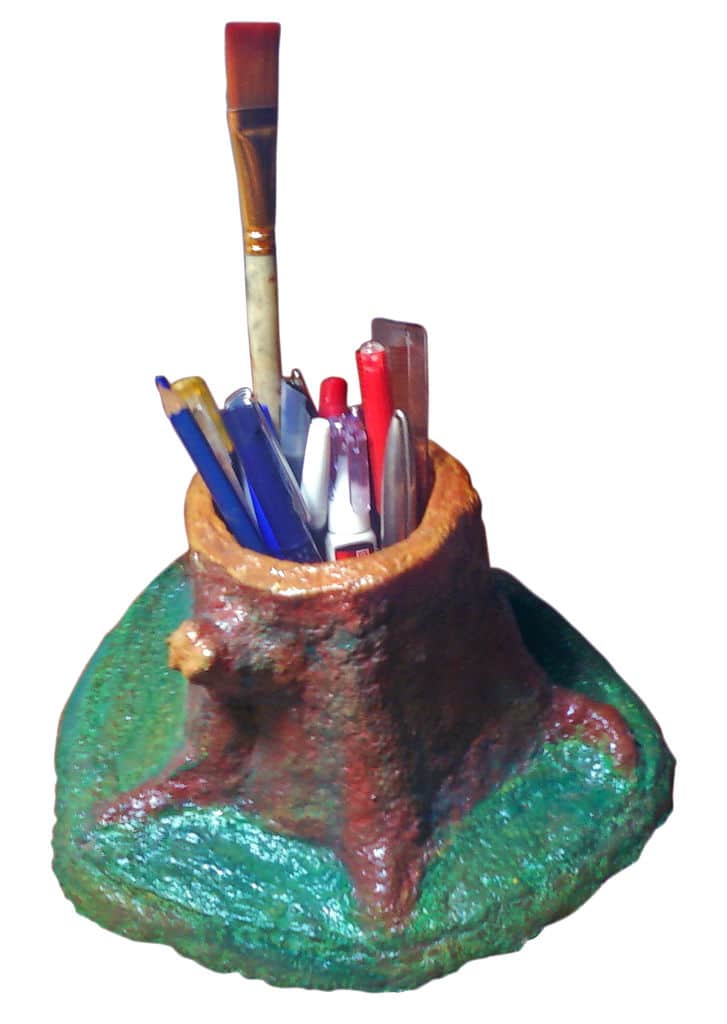 Step 1: Required Material
Step 1: Required Material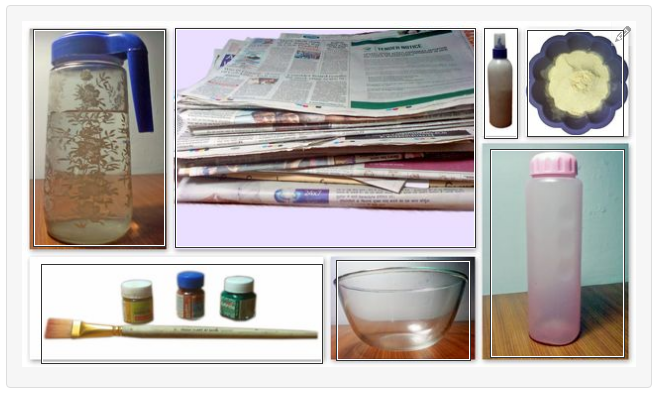
And that’s it.
Let’s get making.

Start by shredding the newspaper in 1 inch wide strips. You don’t need a lot, these stripes of newspaper will only be used to make the container of our pencil holder, which will not be very thick.
But you can shred a lot because we will be needing them in later steps anyway.

Traditionally the glue used to make paper mache crafts is made by mixing flour and water. and we will be using the same in this project. But you can always use regular glue if you want to.
The glue made out of flour tends to be messy, but it adds to the fun.
To make paper mache glue, take a cup of flour in a mixing bowl and gradually start adding water in it while constantly stirring it. Keep doing it until the mixture turns into a smooth paste. The paste should be neither too runny nor too thick. Click here to watch the video. (Don’t worry, the link will open in new tab.)
TIP 1: Don’t make a lot of paper mache glue at once, because after a day or two, the glue will not be as sticky. So only make as much as you will be able to use in one day.
TIP 2: Use something strong to stir the mixture. I learnt this the hard way, after breaking one spatula.


To make the container, dip the strips of newspaper in the paper mache glue, once the whole strip is covered in the glue, remove the excess and start laying it on a bottle or any other such thing as shown in the picture above (numbered as 1, 2, 3, 4 and 5). Lay the strips perpendicular to one another in order to give the container more strength. (Click here to watch the video.) Keep doing this till your container is two layers thick (see the picture numbered as 6). Then leave it for drying overnight. On the next day, carefully remove your container from the bottle. You may have to use some force, but be gentle, you don’t want to break it. If necessary, use some prying tool to get it out. Don’t panic if it breaks slightly, It will be fixed in a moment, but try not to break it in two or three pieces. At this stage, your container should look somewhat like the one shown in picture above, numbered as 7 and 8.
After removing the container from the bottle, start covering it with newspaper stripes once again. This time, you have to make it thick enough so it is no more fragile.
One important note: let your container dry after every layer, otherwise molds could ruin your pencil holder. I dried mine in the sun, but if the sun is not in your favour, use your oven. Keep it in a warm oven and leave the door slightly open so water vapour could easily escape.
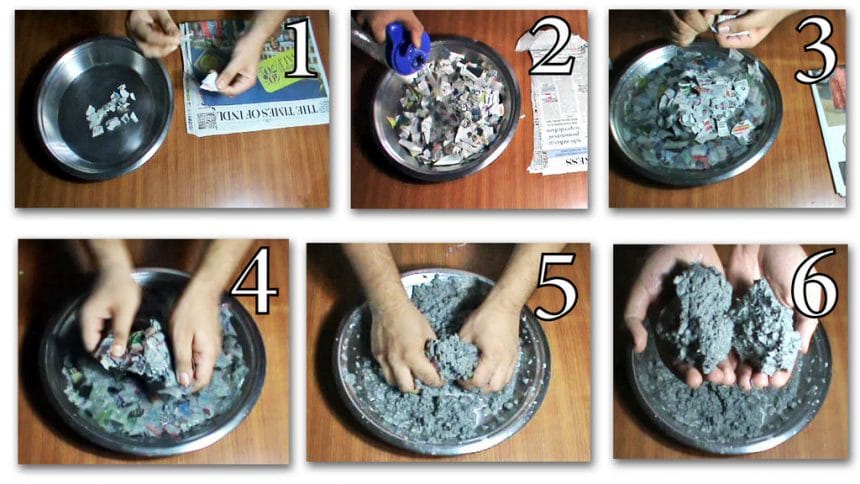
By now you may be wondering that the container looks so ugly. Yes you are right, it is. But it will no longer be, get prepared to make it look beautiful.
Start shredding more newspapers, but this time shred in smaller pieces. If you have a paper shredder, go ahead and use it, it will make your work a lot easier because you need a lot of shredded newspaper. Keep the shredded paper in a large bowl.
After shredding, add water to fill the bowl and let the paper soak in water for around 12 hours, it will make the process of making paper mache clay much easier.
Now that the paper has become soggy, start destroying it. (Take a look at the picture above or watch the video linked above.). Take your time and turn the paper into smooth pulp. Make sure there are no lumps in the pulp, because they will trouble you afterwards.
When you have turned the whole thing into pulp (like in picture numbered as 6 above), remove the excess water by straining and squeeze the pulp. You just need the pulp to be moist, there should be no water dripping from it.
Once you have got your pulp out of the water, add some paper mache glue to it and mix well. I added the pulp and paper mache glue in about 3:1 ratio. you don’t have to be precise.
If done correctly, you should now have your paper mache clay ready for next step. Your paper mache clay should look somewhat like bread dough.
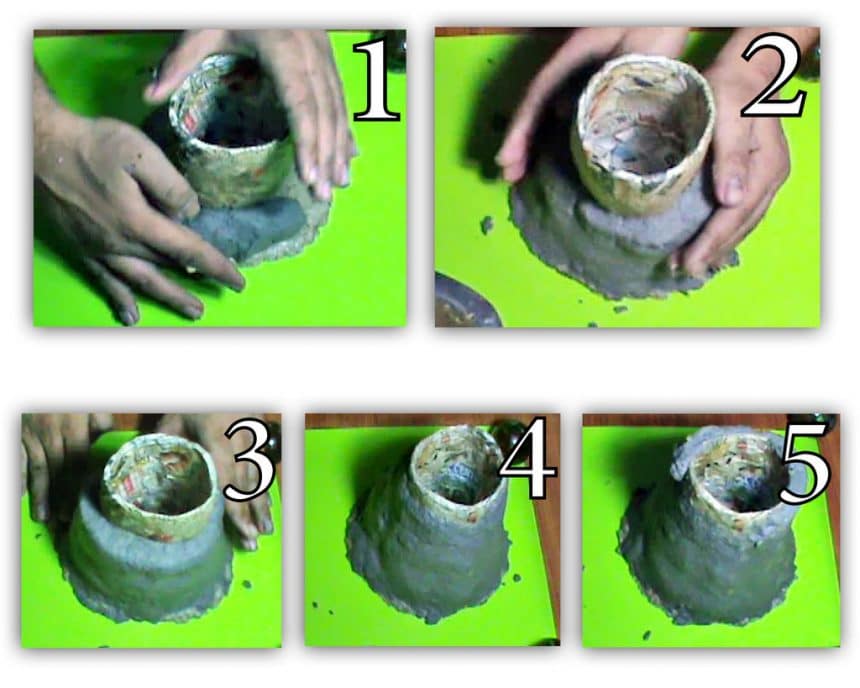
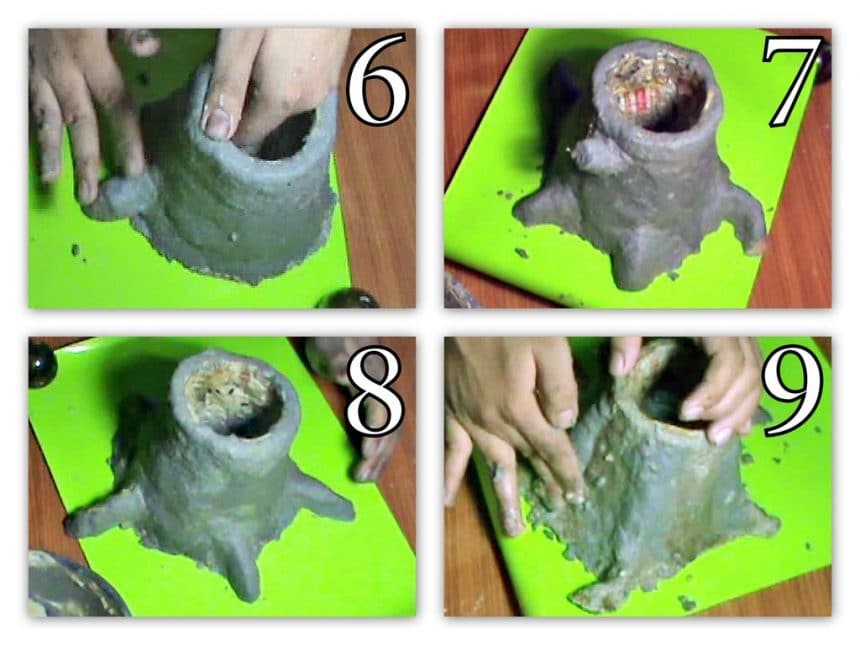
Now that you have made paper mache clay, use it to sculpt around the container using your imagination. Use plenty of paper mache glue to make your sculpture smooth. I made my pencil holder look like a tree trunk (take a look at the images above), but you can get creative and make something else.
After you have done sculpting, dry it in the sun for at least 7 to 10 days before proceeding further. It has to dry completely not only from outside but also from inside otherwise molds will find their way to your pencil holder, and I don’t think you want that. So make sure it dries completely.
When I was making my pencil holder, the sun was not in my favour, so I had to use my oven to dry it.
You can do it too, Keep your pencil holder in warm oven and leave the door slightly open so the water vapour can escape.
TIP: Make sure there are no cracks tn your sculpture as they will reduce its strength. Fill any cracks with paper mache clay and plenty or paper mache glue.
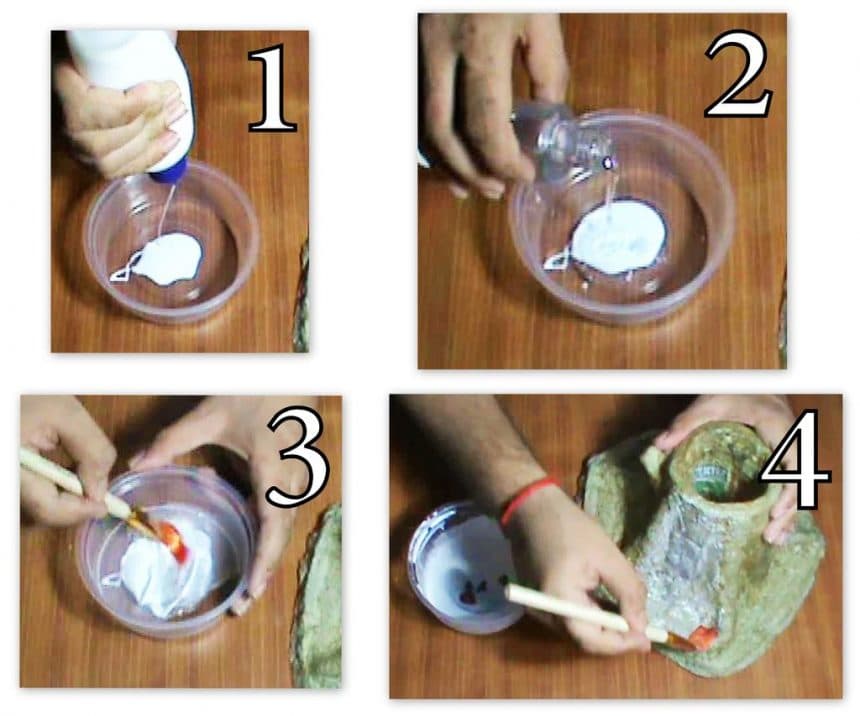
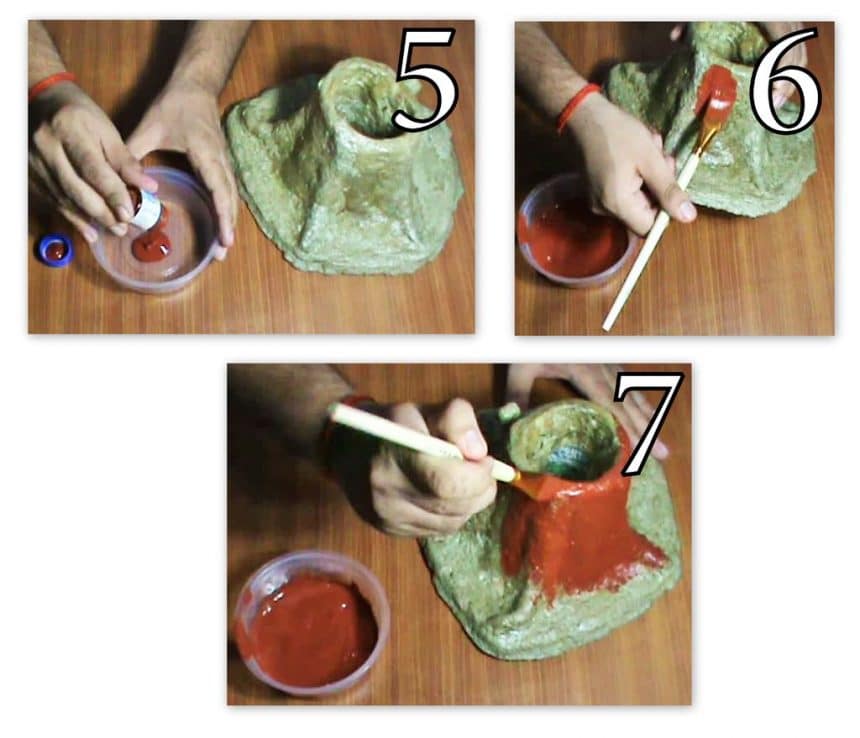
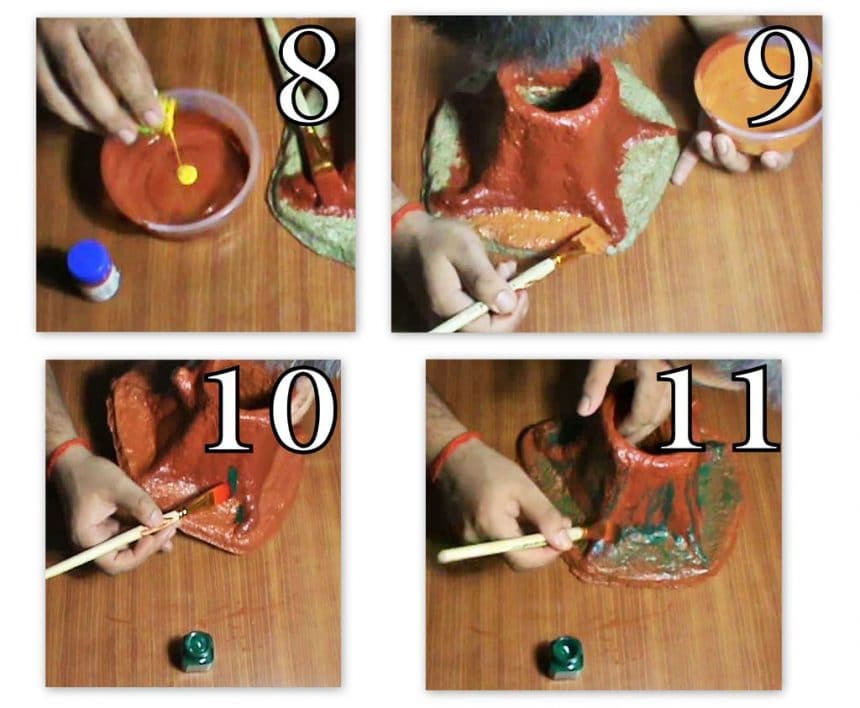

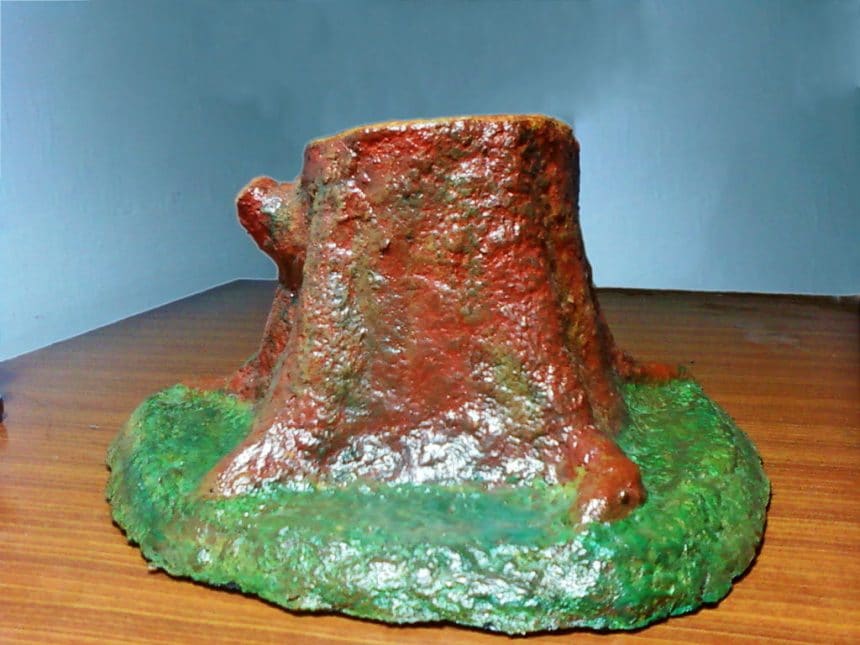
Now that you have completed sculpting your pencil holder, let’s paint it to make it look even better.
But before painting it, cover it in a layer of PVA glue. Any PVA glue will work. Mix one part of PVA glue in one part water, and apply it on your pencil holder. It will make your pencil holder stronger.
Once the glue has dried, go ahead and paint your pencil holder according to your imagination using acrylic paint. Acrylic paint, apart from looking good, will seal your pencil holder so no moisture can enter and ruin it.
You can use any other paint if you want to but, you will have to seal your pencil holder with some sort of acrylic sealant to make your sculpture weather sealed.
Now go and make your own, and if you have any questions, feel free to ask me. Best Of Luck.

The Five Pointed Prism lamp is made up of ten geometrical panels, which makes a prism, displaying the same repeated pattern all the way through giving out beautiful rainbow colours around your chosen space
I use only LED lighting in my designs to contribute to keeping the environment friendly.
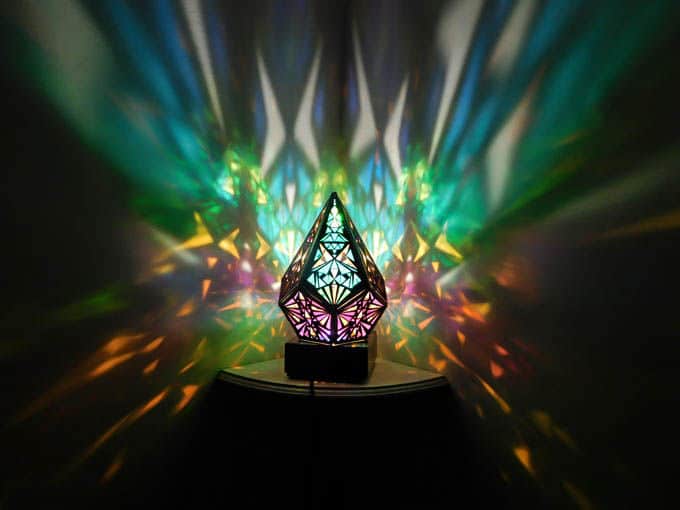
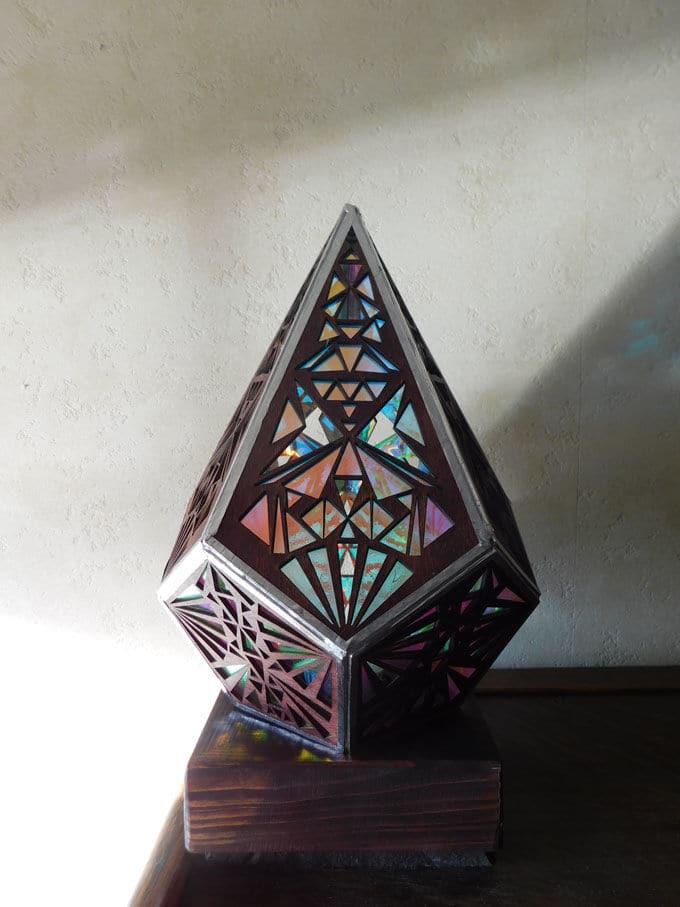
 I begin by drawing my design on paper with rough sketches. I really enjoy geometrical shapes so I wanted to design one. I have had many failures on this design as I was not getting the mathematical measurements correct but I got there in the end. This is then drawn in illustrator to make this mathematically correct. I then send this file to a local laser cutter company to get these cut out of birch wood.
I begin by drawing my design on paper with rough sketches. I really enjoy geometrical shapes so I wanted to design one. I have had many failures on this design as I was not getting the mathematical measurements correct but I got there in the end. This is then drawn in illustrator to make this mathematically correct. I then send this file to a local laser cutter company to get these cut out of birch wood.

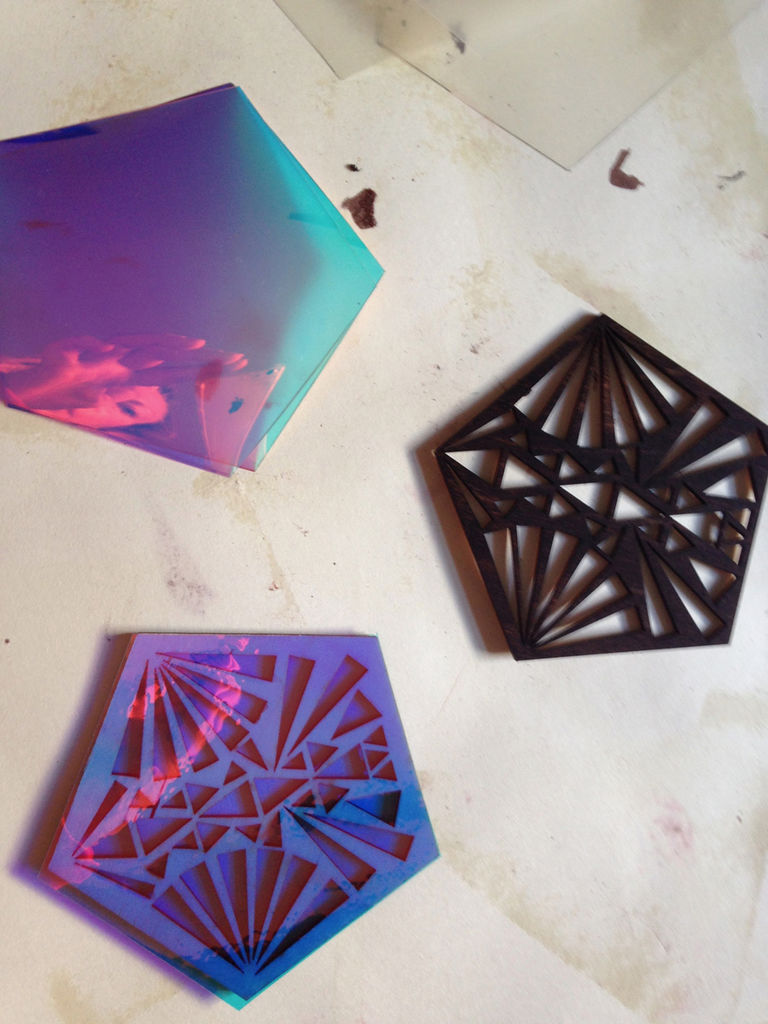
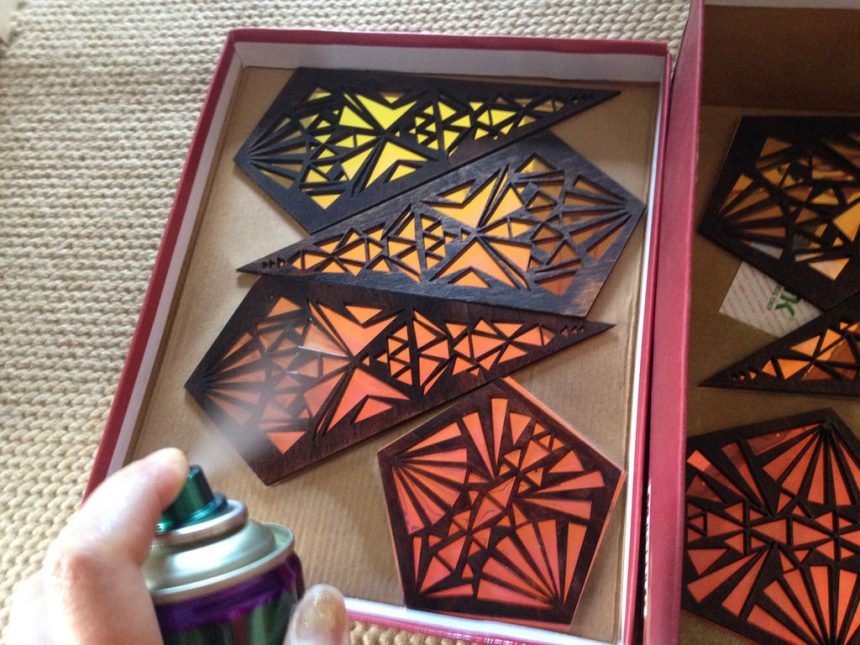
When the 10 templates have been cut (5 large and 5 small) to make a prism shape, I then stain the wood in a rich dark chocolate colour and leave to dry.
To get the wonderful colours, I use an acrylic iridescent fil.
Adding the acrylic film:
I then cut out the correct size shapes out of iridescent acrylic film by hand, This acrylic film is super colourful, covering the whole rainbow spectrum, purples, pinks, oranges, greens, blues and from metallic and copper colours, depending where you view the material from as this changes in an instance from one angle to the next
This is then stuck to one side of the wooden templates.
I have to spray the wooden template to set the film as it has an adhesive so this stops any dust attaching while its sticking to the wood.
As seen in the images, you can see the film gives out a real colourful coppers & metallic colours as well as blues/purples, this is the great thing about the material. While this is setting for 24 hours, I get to work with making the wooden base.

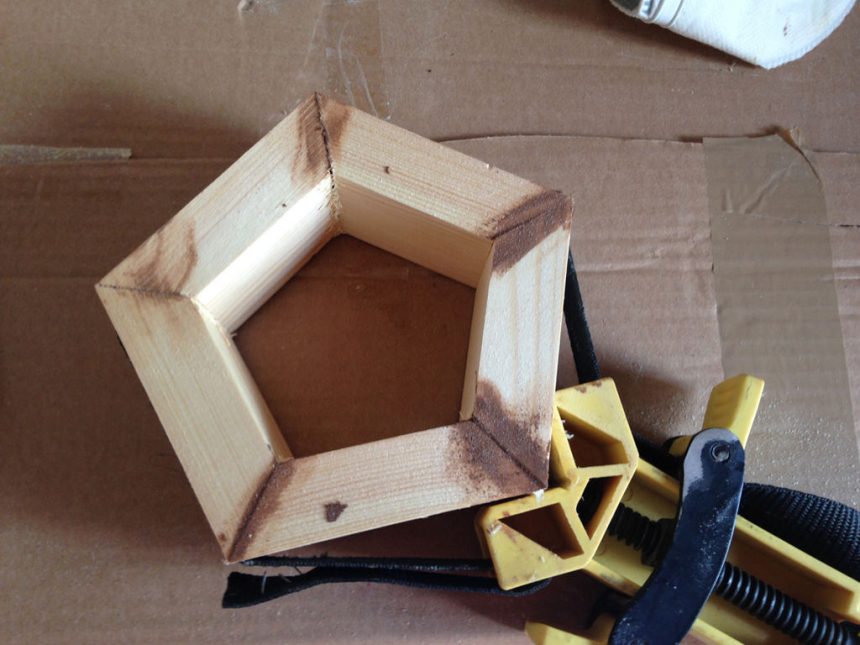


The wood varies from oak, ash, birch, rose, walnut, basically any thing I can get my hands on, from local saw mills, suppliers and wood merchants. Up cycled wood comes into my projects a lot as I like to use wood which people don’t require any more from tables, chairs, doors any thing really. I also find wood in forests.
You have to make sure the wood is air-dried for at least a good 18months other wise the wood splits.
I then cut this to size on my a table saw. I then clamp 5 sides together and leave to set for 24 hours. When set, I then sand this down with 3 different grits to get a clean finish, leaving the wood smooth and soft.
I then stain the wood in the rich dark chocolate colour to match the wooden templates.
Next stage is wiring up the lamps. I use a vintage spiral cord and only use LED bulbs for my lamp.
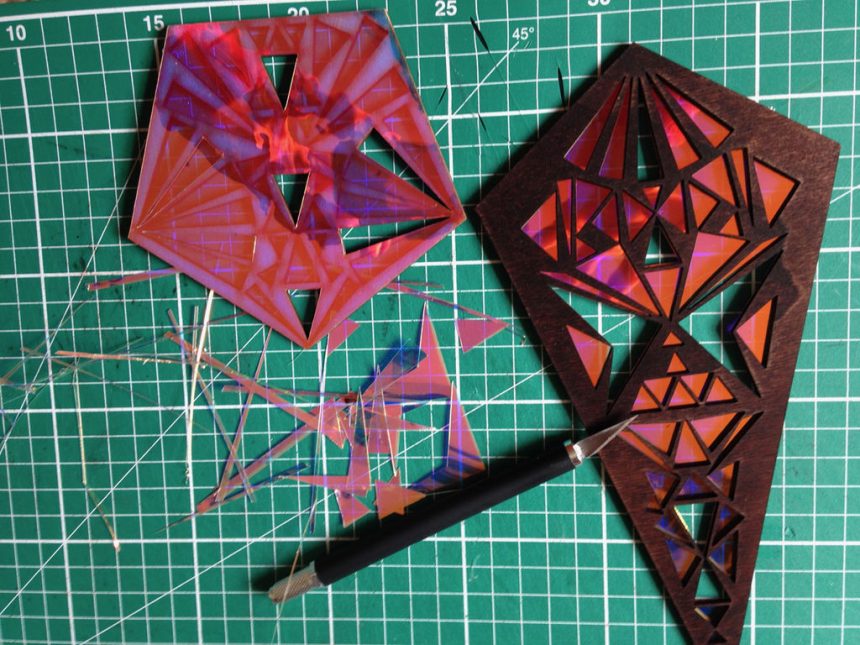


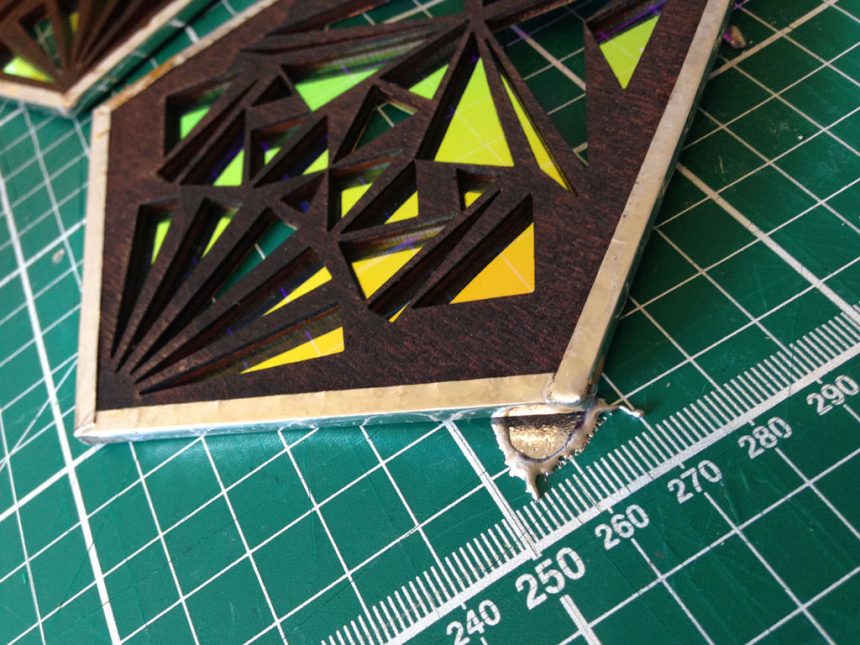
Now the acrylic film is set, I use my craft knife to cut out shapes with in the template. This takes time as I have to be vary careful to not cut where is not need as this will show through when light is projecting. Cutting the shapes out lets the natural light beam through.
I then copper foil each template and the solder each template individually around both side with soldering iron. I found this to be the best way in constructing the lamp.

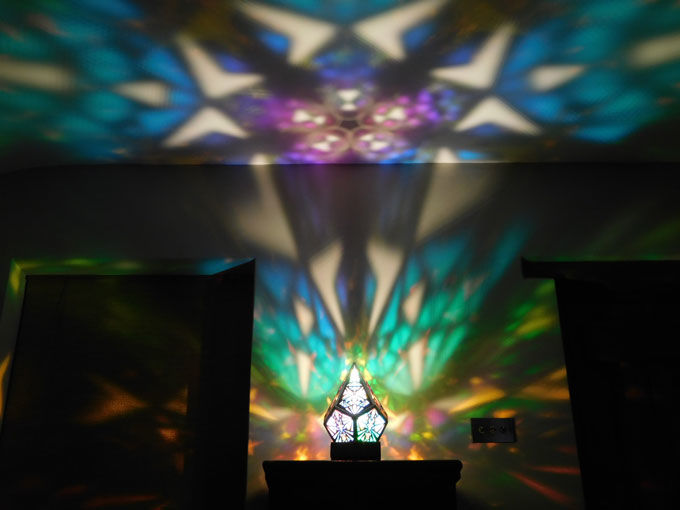
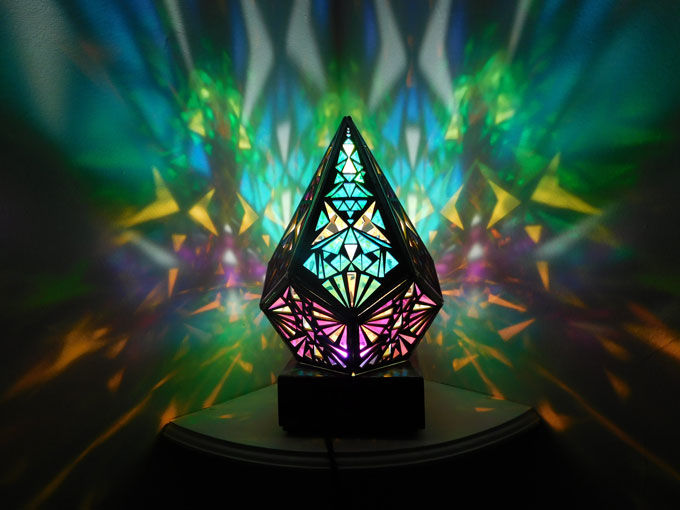
To assemble my lamp:
This part is tricky, as I need two pairs of hands to do this so I ask fellow artists and my family to help me with this part. It’s very fiddly and getting the angles correct is challenging but well worth the finished out come. I do the soldering while I have an extra pair of hands to hold the templates to gather so I can pin them together with the solder. When the structure is complete, I then can go round the whole lamp and tidy up and fill all the gaps in with solder to make it neat and tidy with clean edges
The lamp sits at a height of 37cm and width 23 x 23 cm
I hope you have enjoyed my processes. If you have questions, then do ask.
courtesy: Amberlightsuk
Beautiful Newspaper tubes jar or vase:

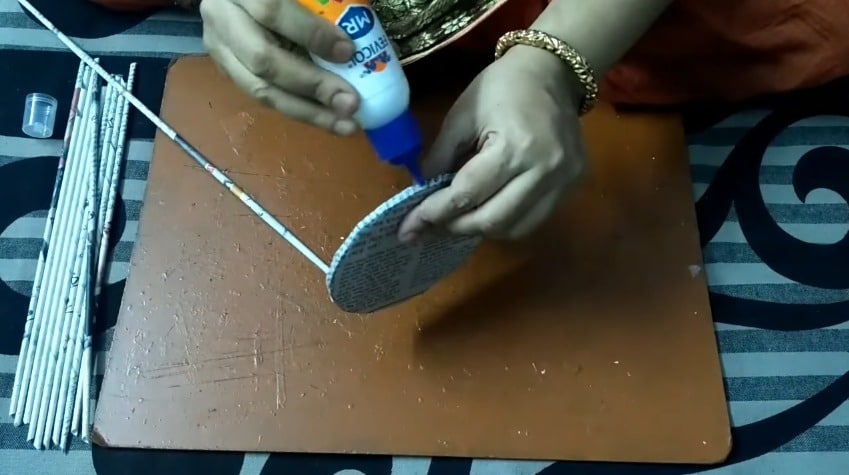


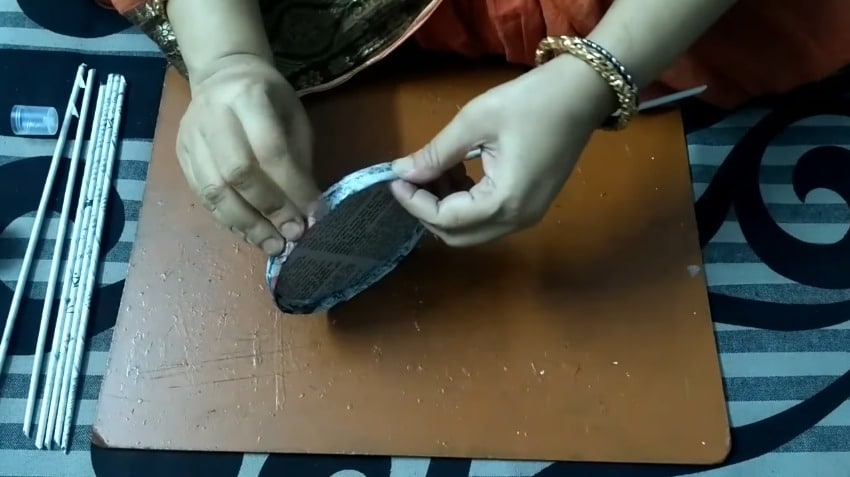
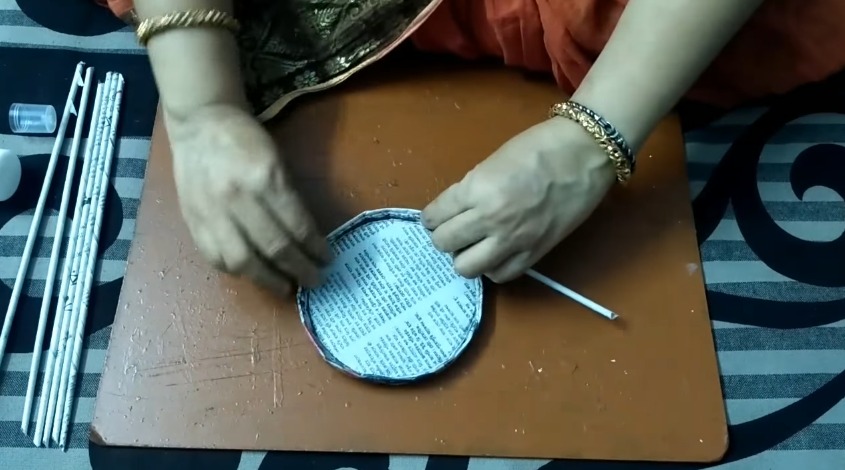
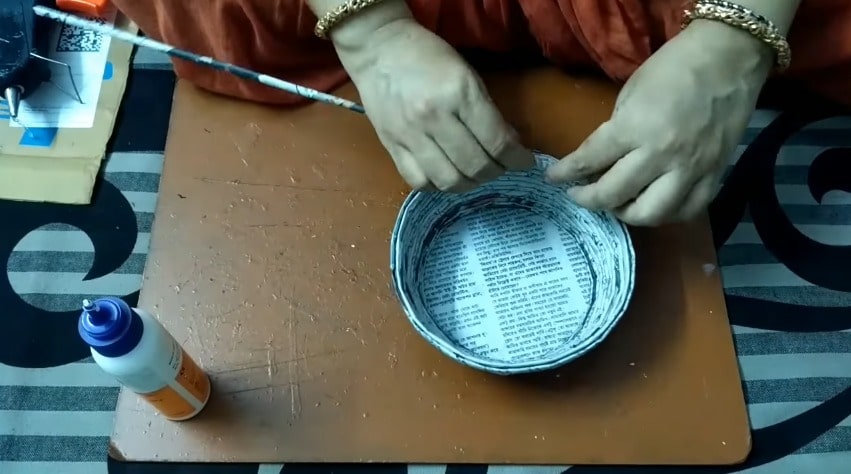
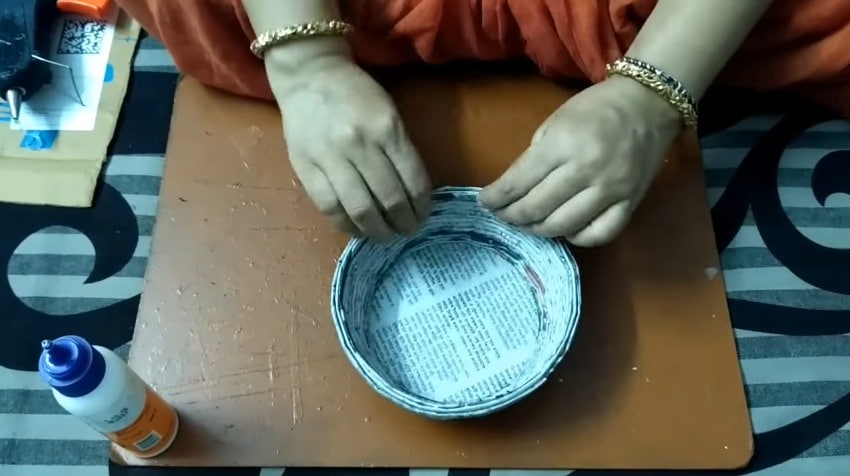

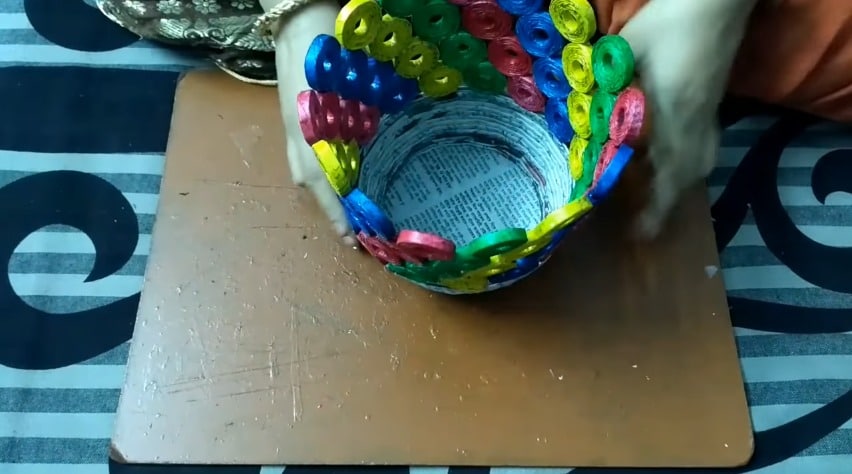
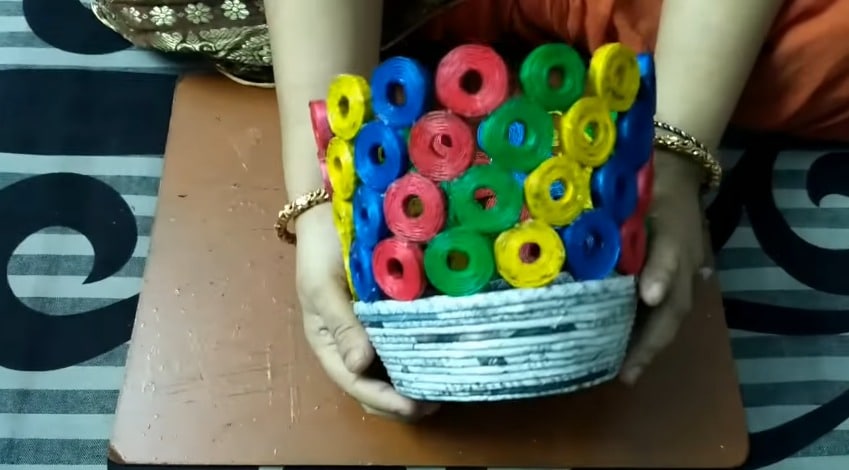
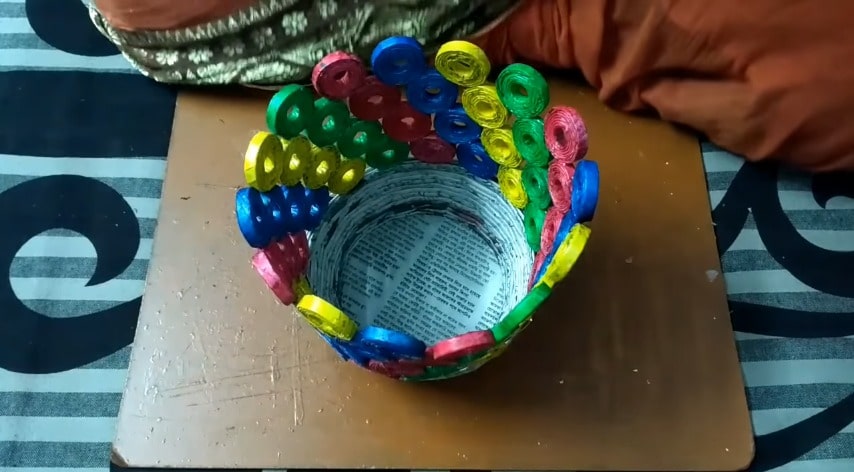
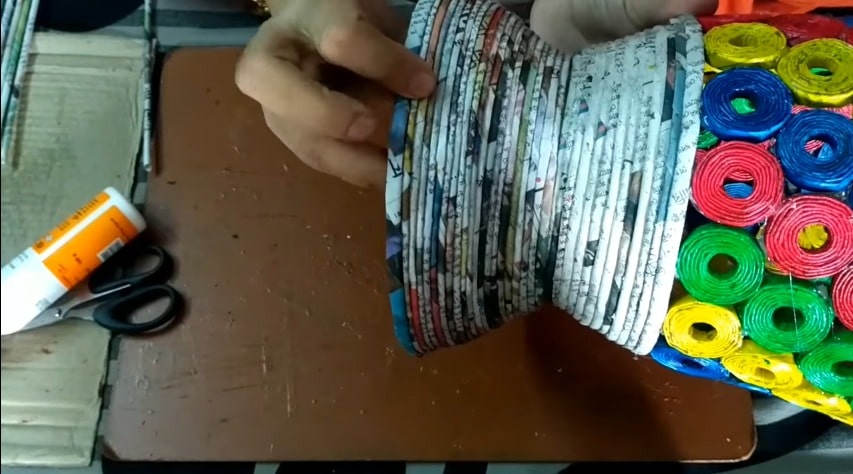




Hi, in this tutorial I made a fairy garden terrarium with mushroom lights and a fairy mushroom house. I used some extruded polystyrene (xps styrofoam), battery operated led lights, transparent sanitary silicone sealant, tin foil, copper wire, hot glue, a little bit of polymer clay, moss and acrylic paint. I also used a glass cake cover.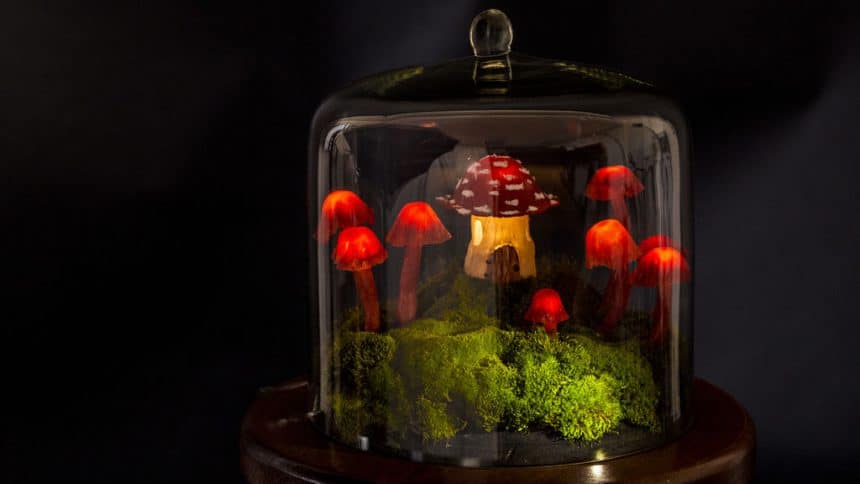
 Step 1: Preparing the Board
Step 1: Preparing the Board
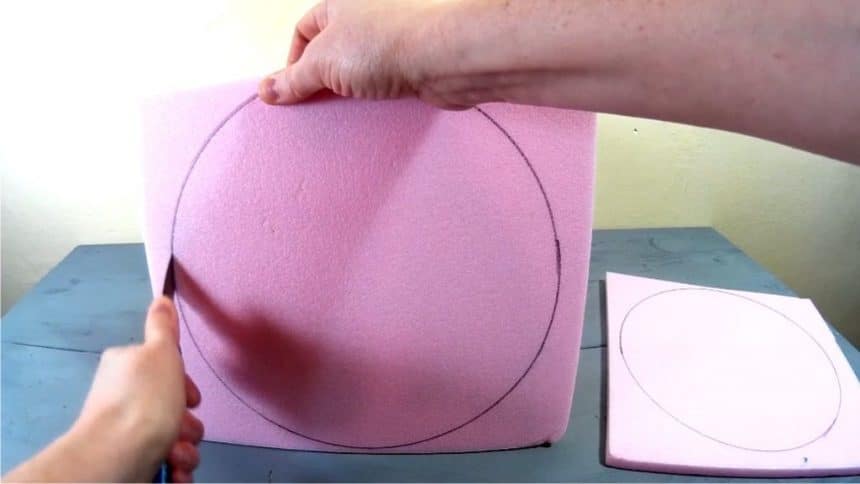

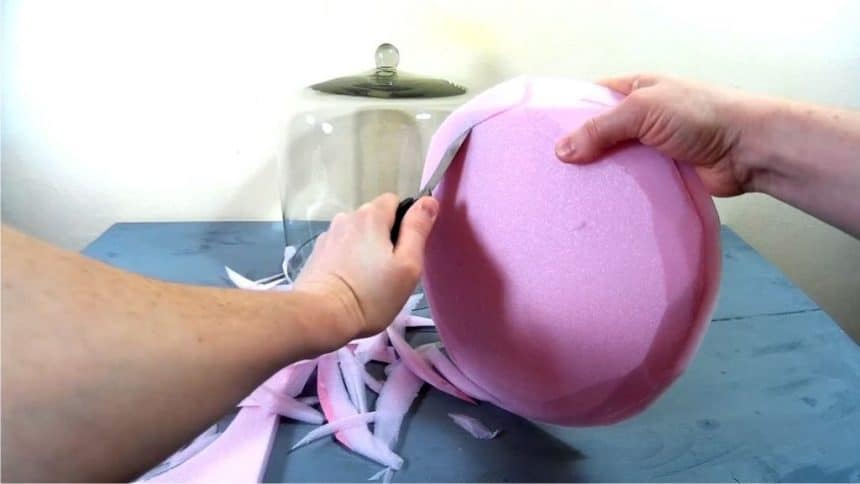 I first cut the styrofoam board to fit the glass cake cover. I adjusted the corners with a cutter, then I painted it black.
I first cut the styrofoam board to fit the glass cake cover. I adjusted the corners with a cutter, then I painted it black.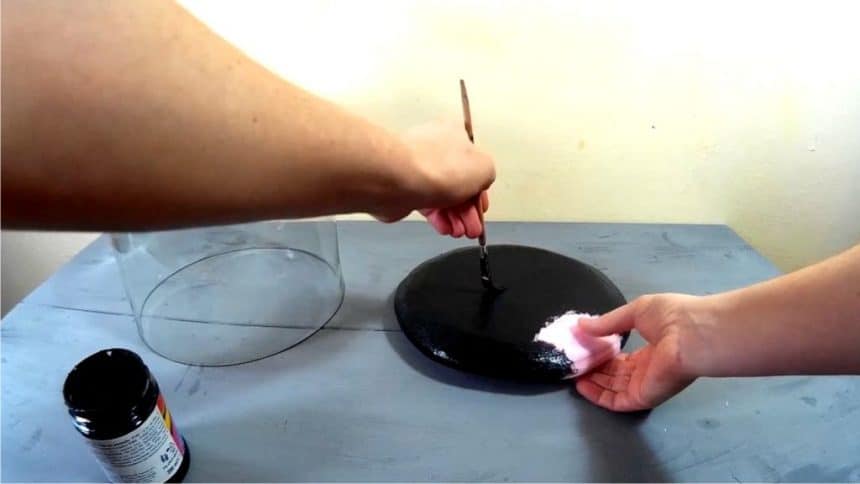 Step 2: Adding the Lights
Step 2: Adding the Lights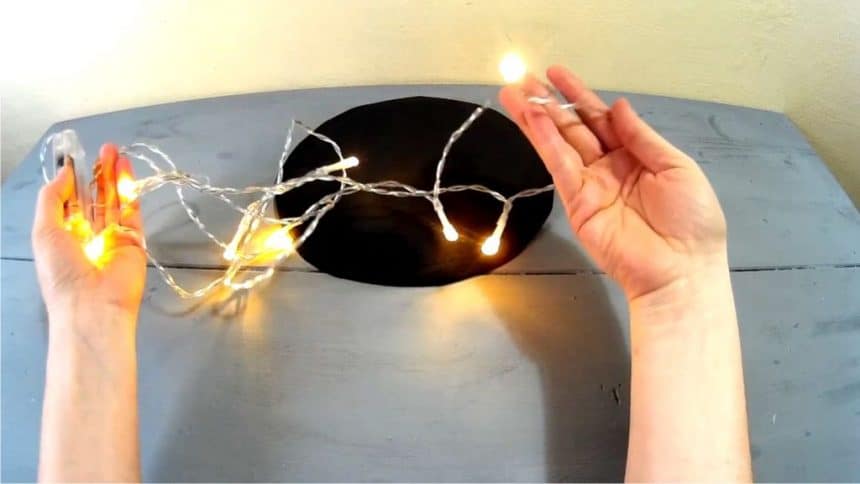
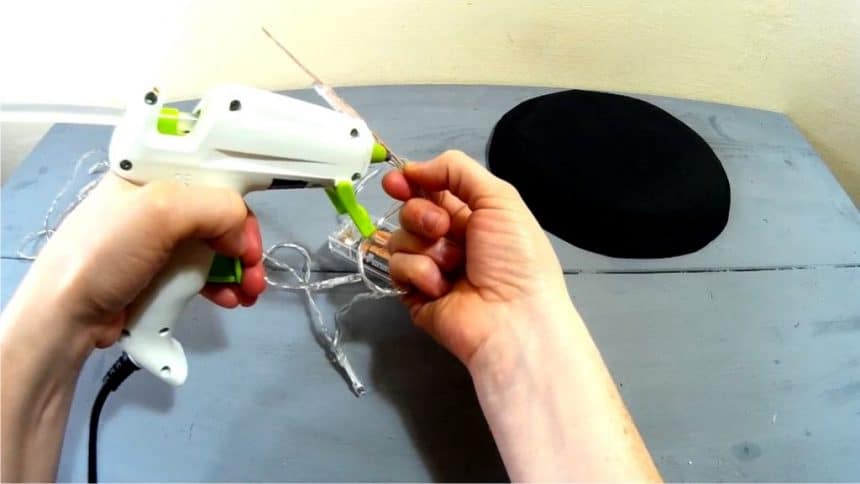


I then glued the lights to some pieces of copper wire. I made the wires in different lengths and also left more wire on the upper side (that will be helpful when making the mushroom caps). I glued the copper wires to the foam board with hot glue. I added some volume to the board using tin foil and hot glue.
Step 3: Making the Mushrooms
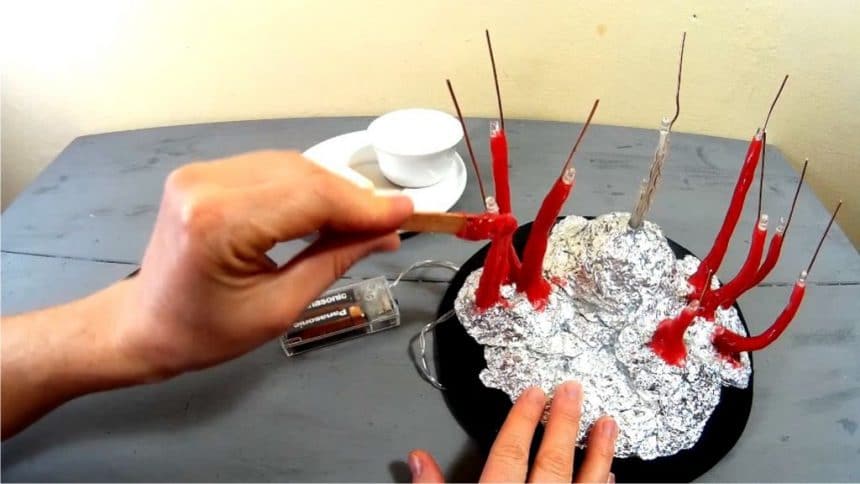
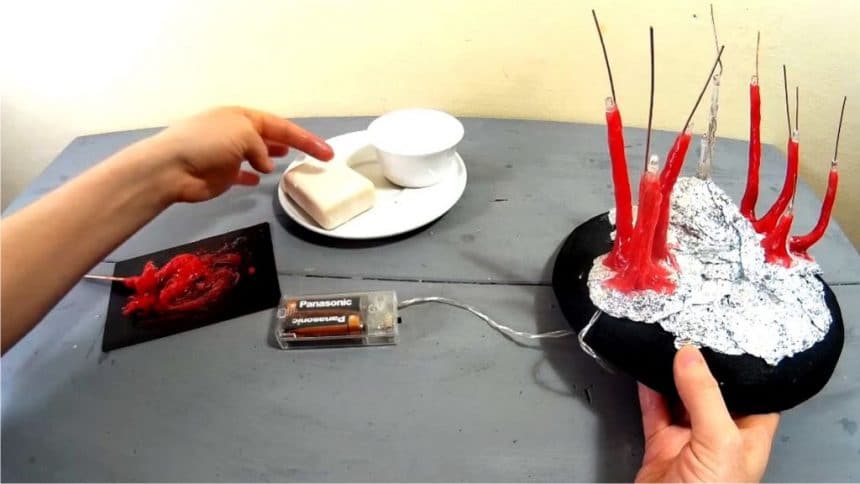


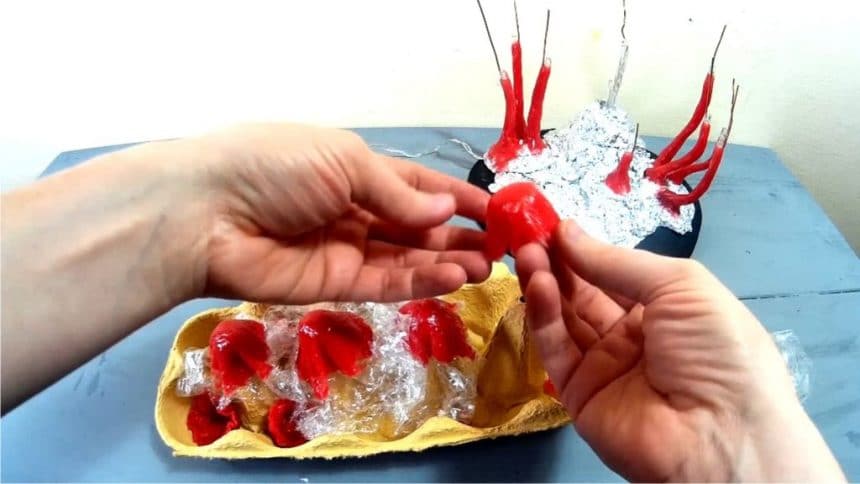
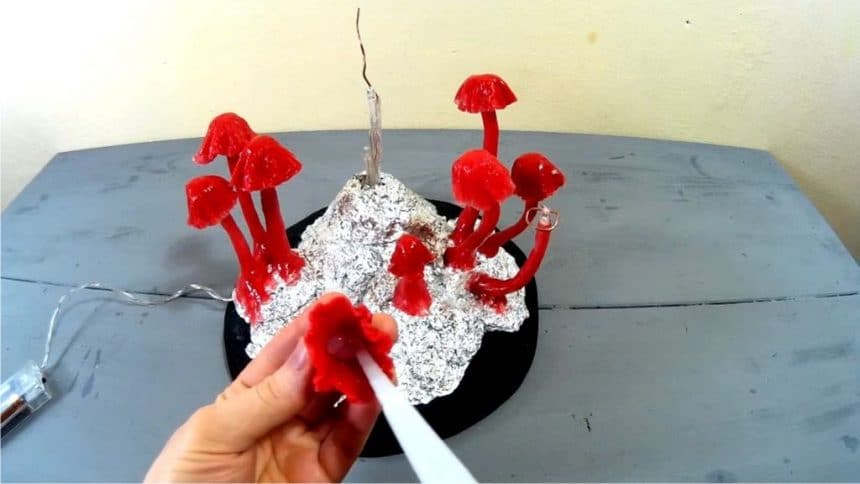
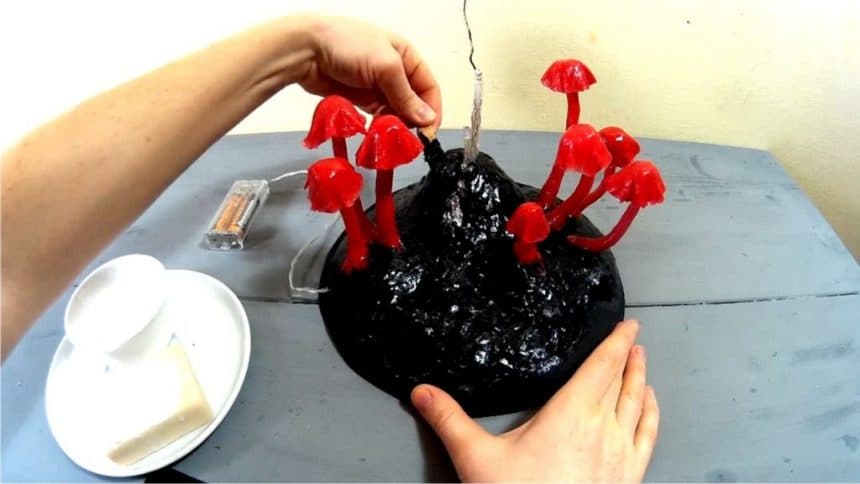
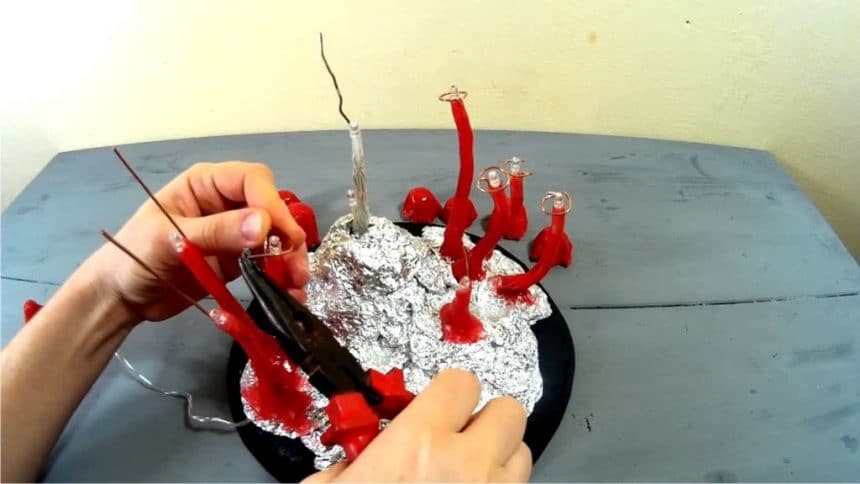

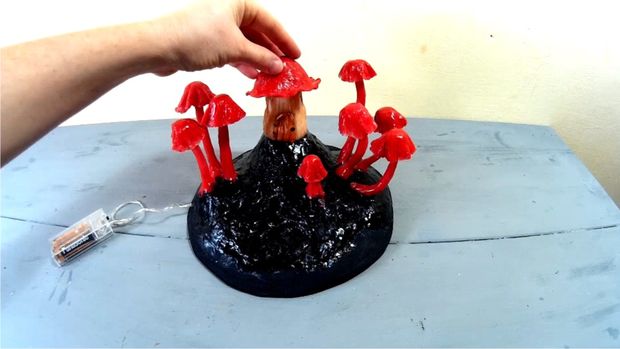
I mixed some red acrylic paint with silicone and made a paste. I applied the paste on the wires and leveled it using soap and water. For making the mushroom caps I used the silicone paste and wrapping foil. I applied some paste on the plastic foil and covered it. Then I started shaping it into a mushroom cap. For making the round shapes I used the cones inside of an eggs carton. I also covered the tinfoil base using the same silicone paste in black. Using some tin foil I made a cone and covered it with polymer clay. I sculpted a little house, baked it and painted it with acrylic paint.
Step 4: Moss and Details

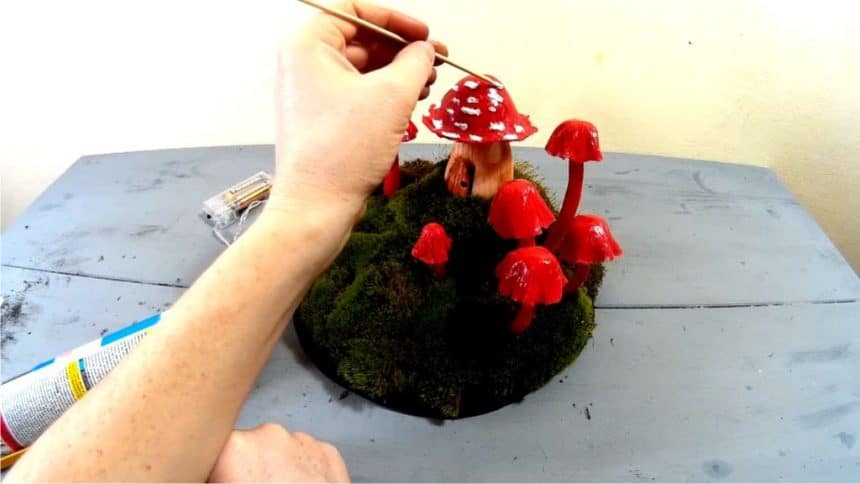

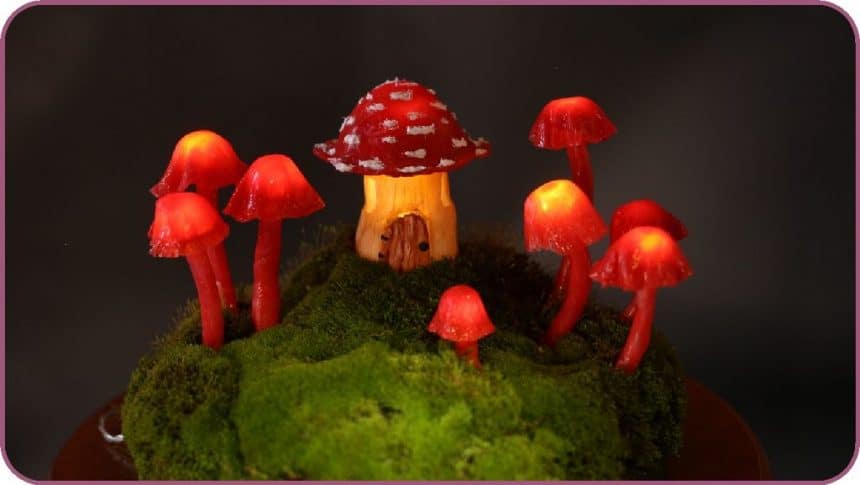
I placed the moss over the board, carefully mixing the patches and used toothpicks to fix it in place. I also made some cute white dots on the house using white silicone.
I love the result!